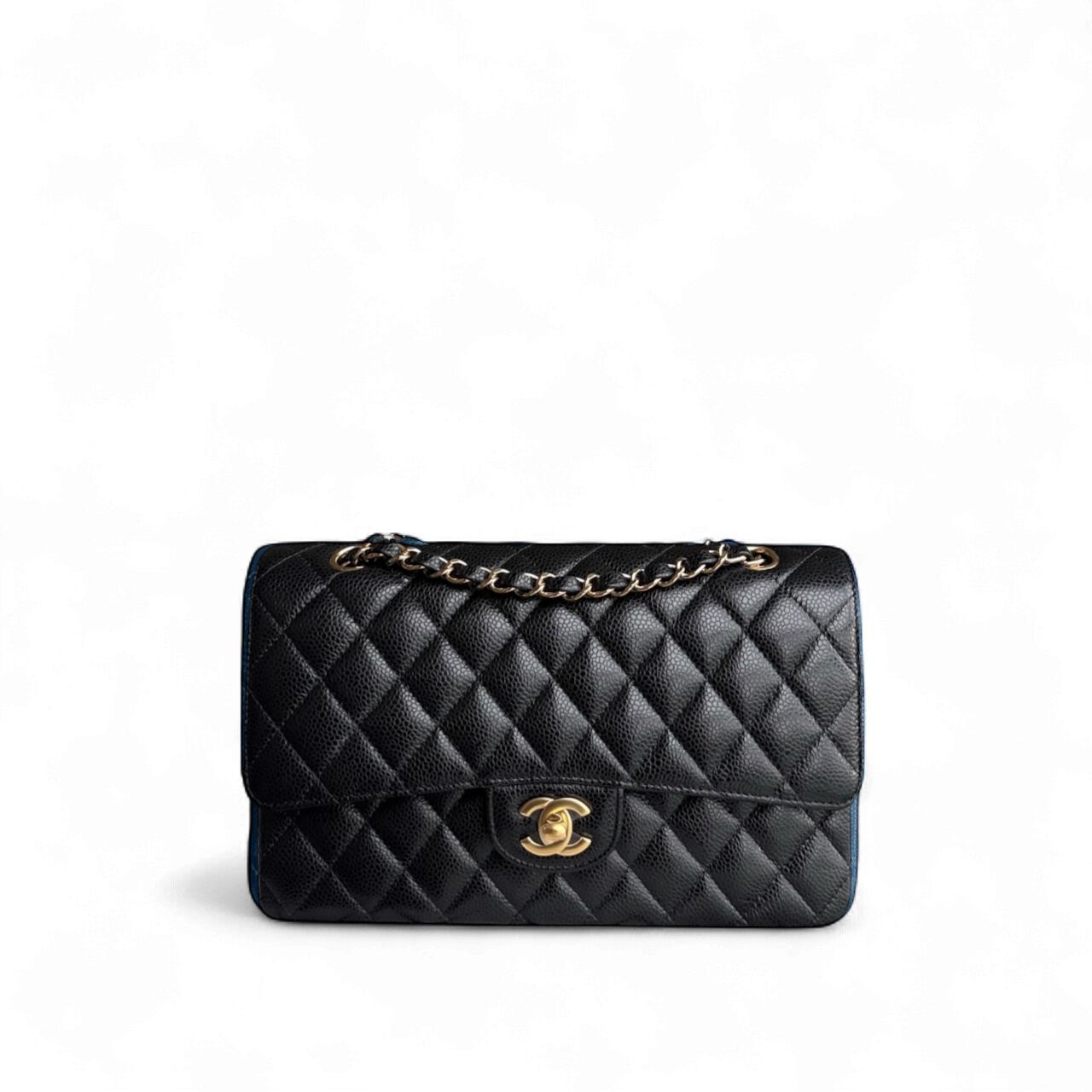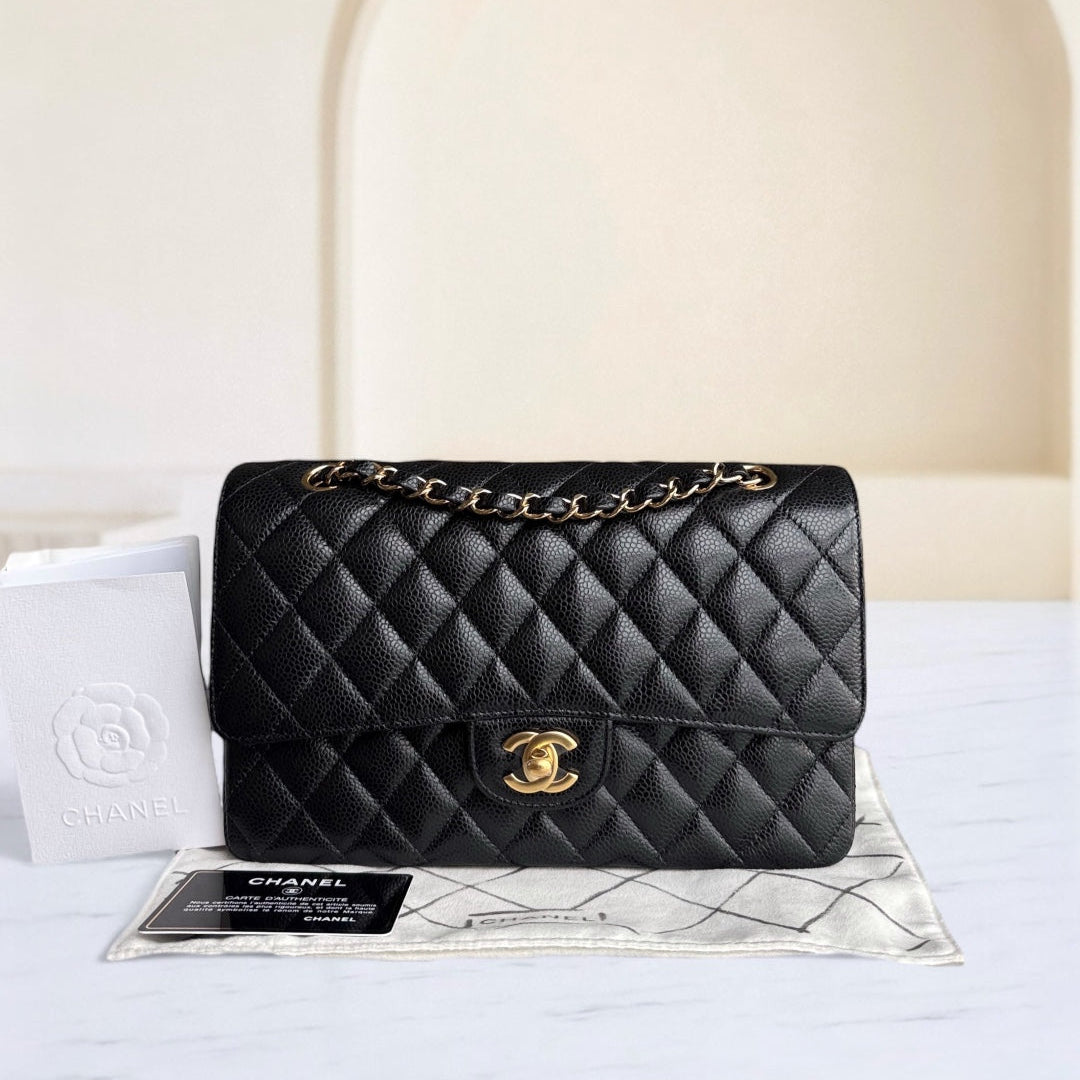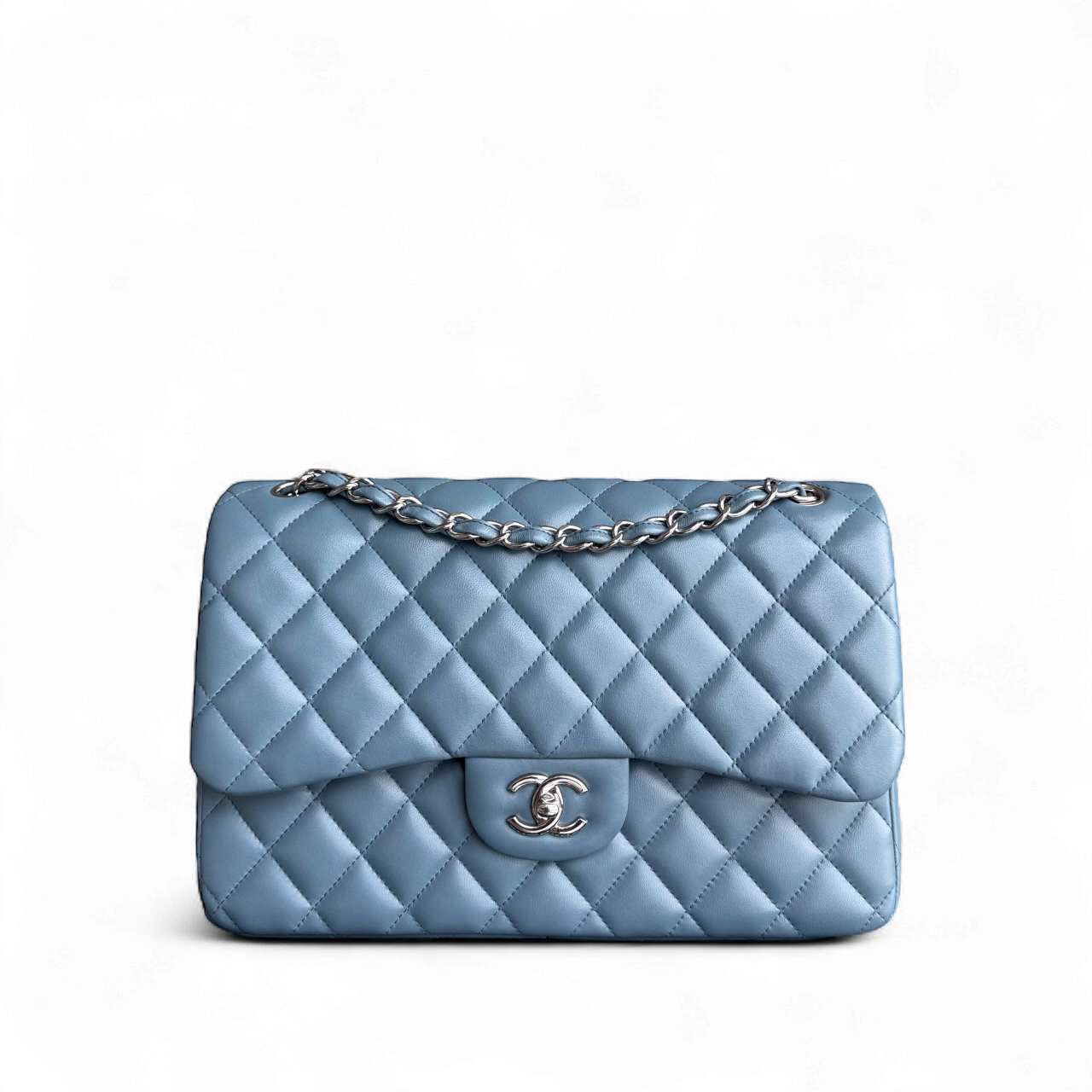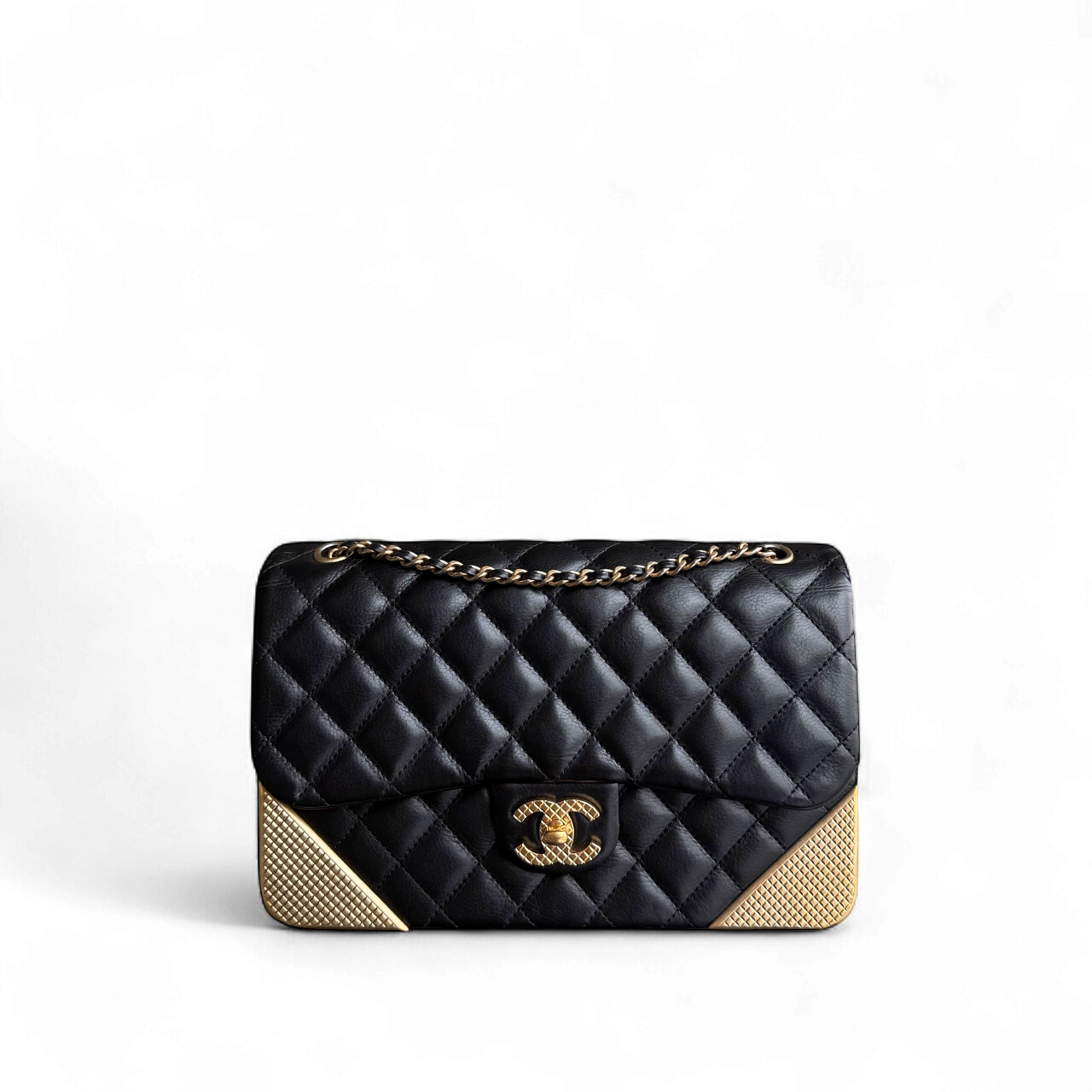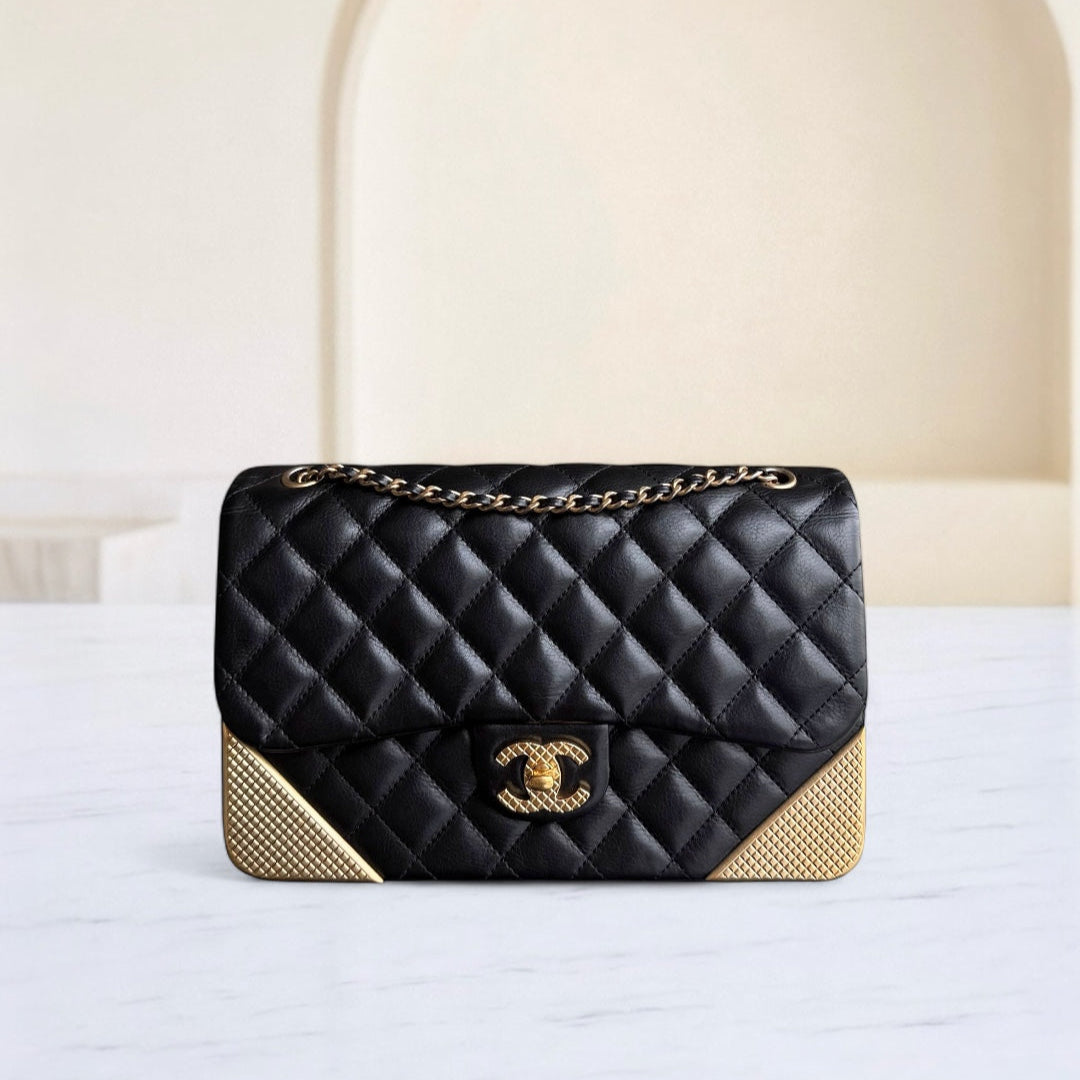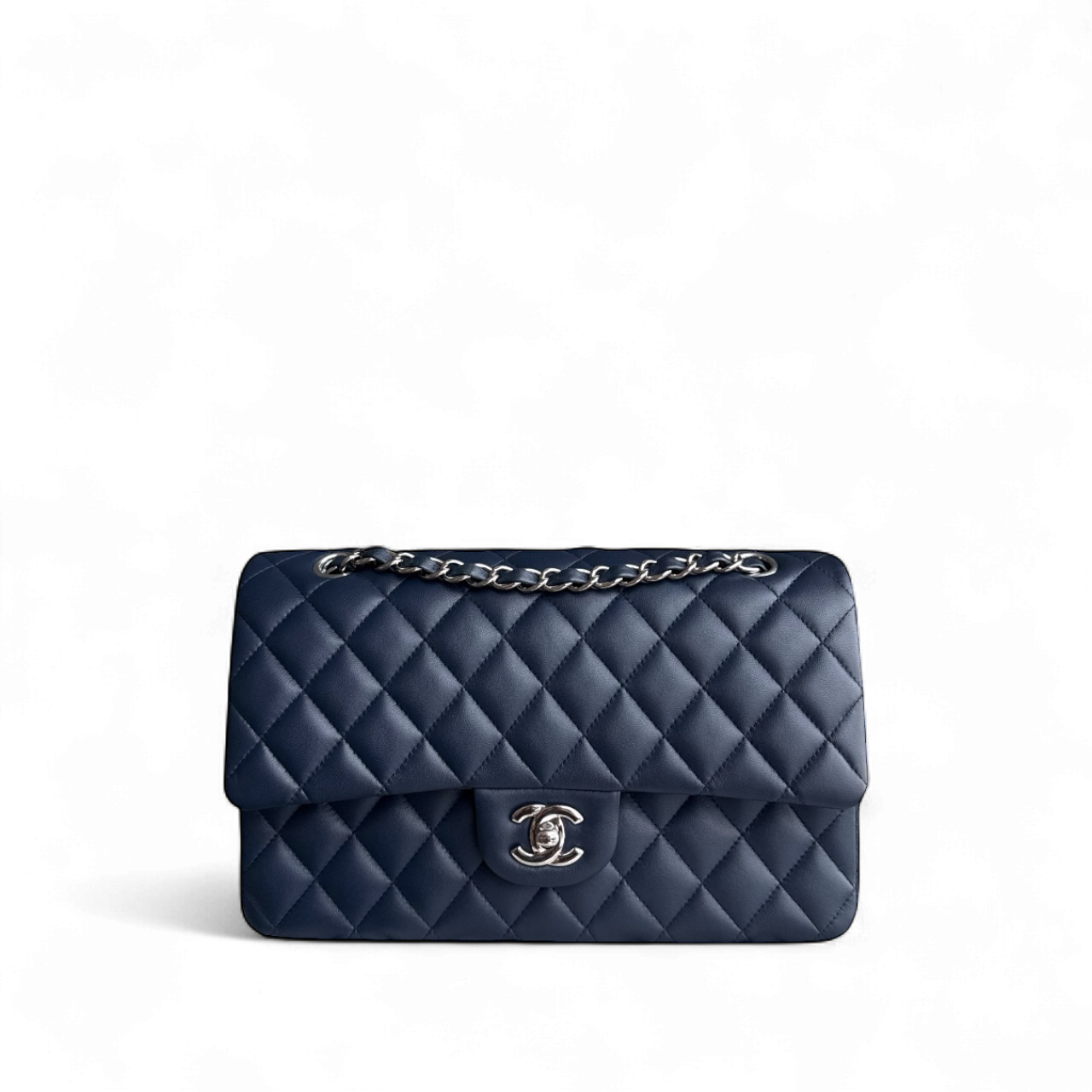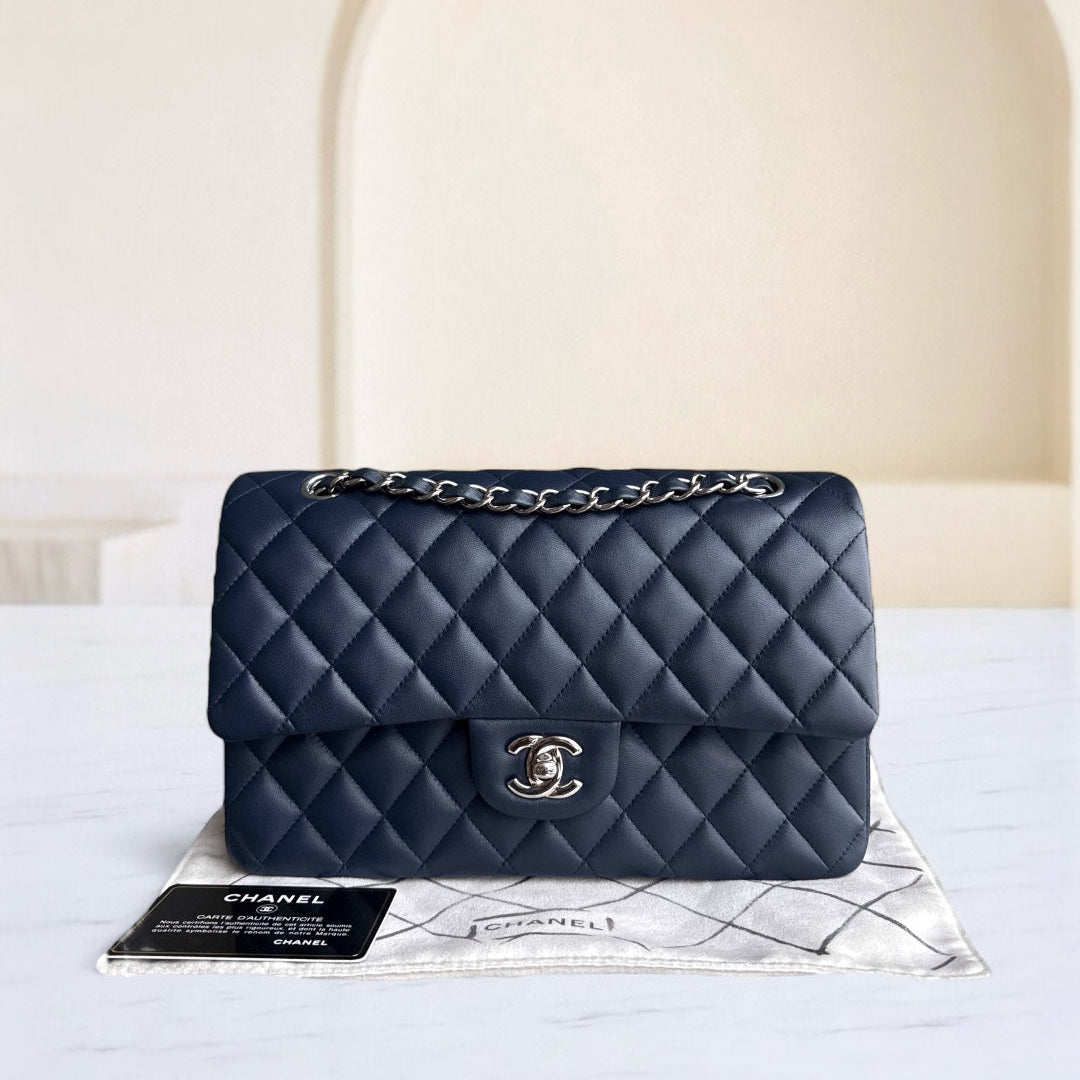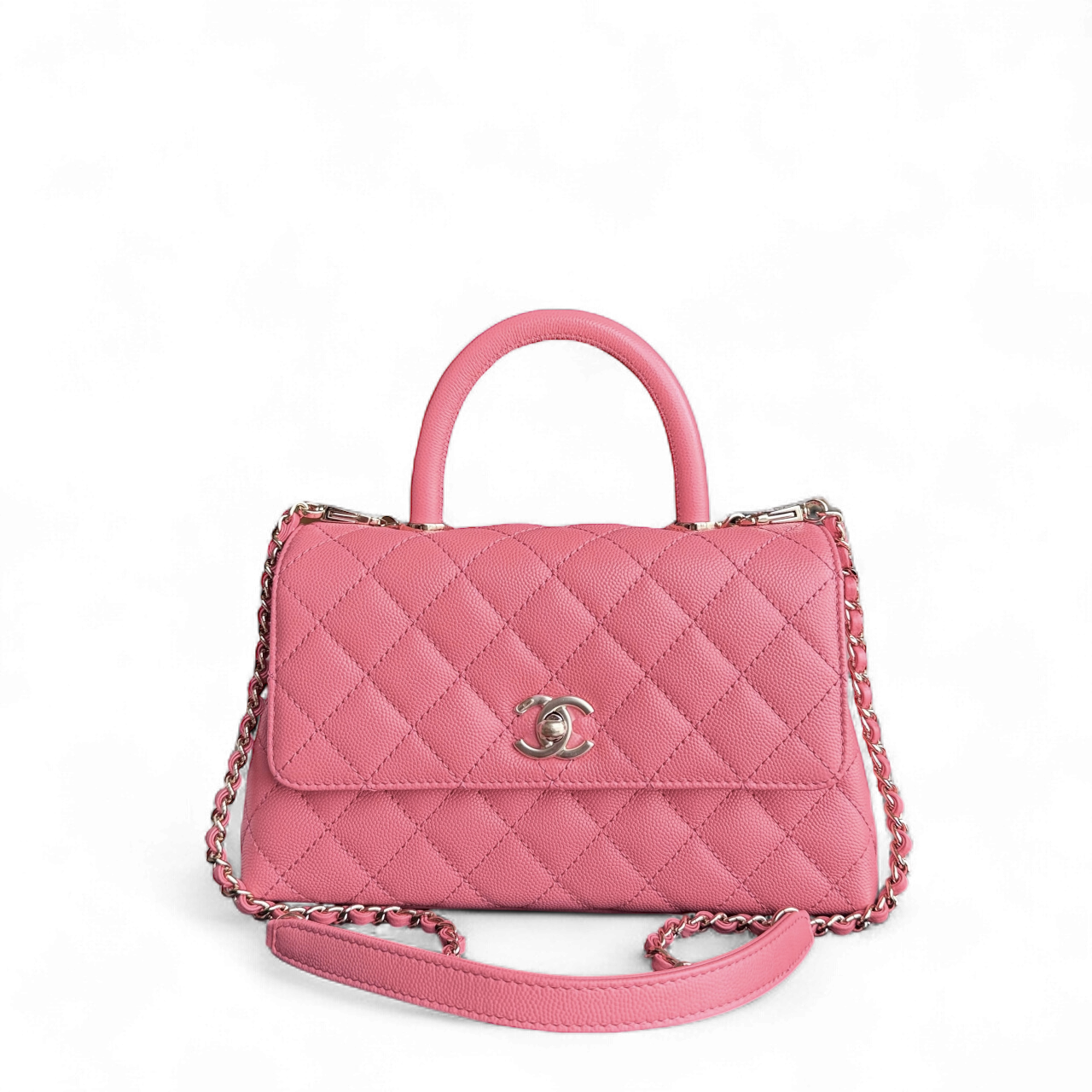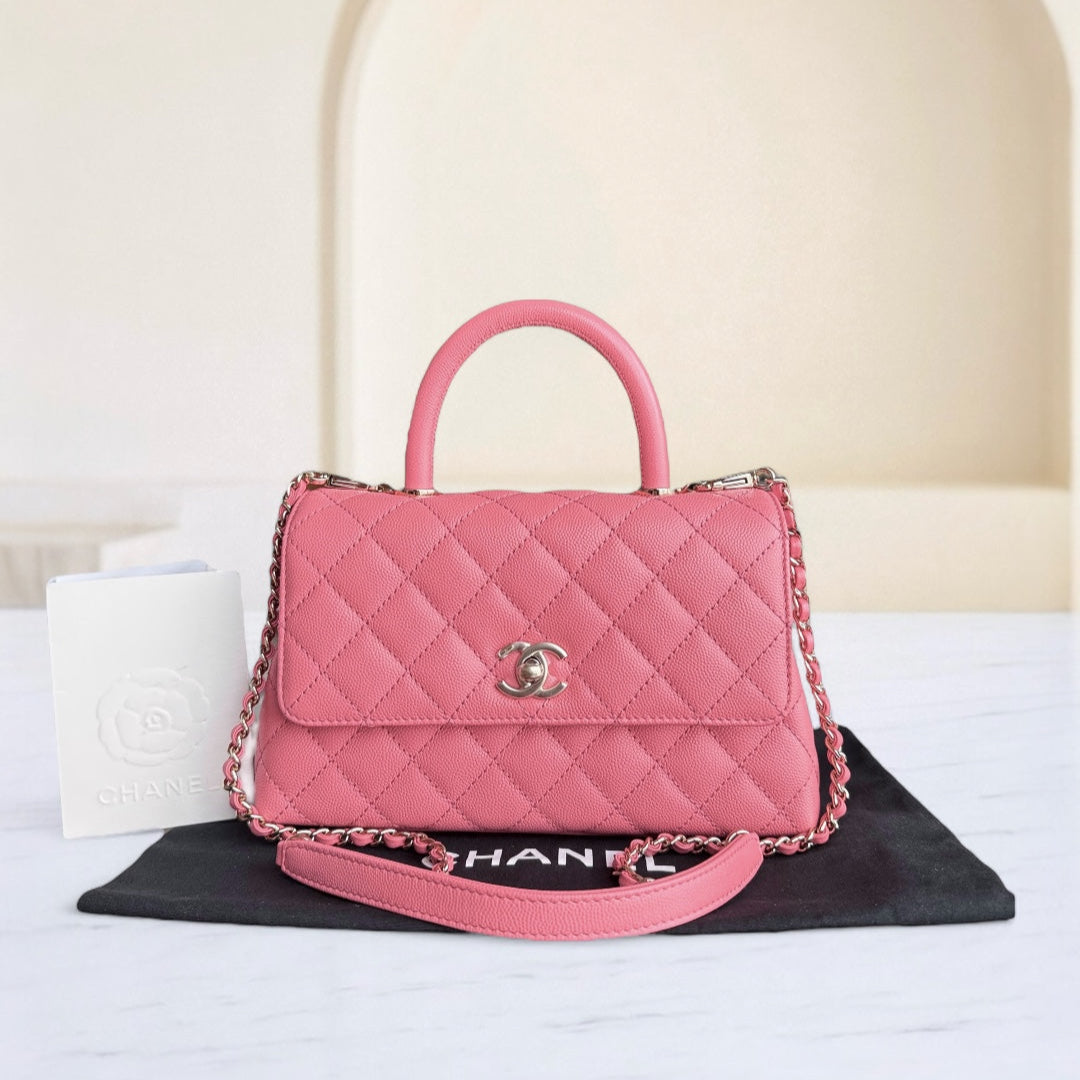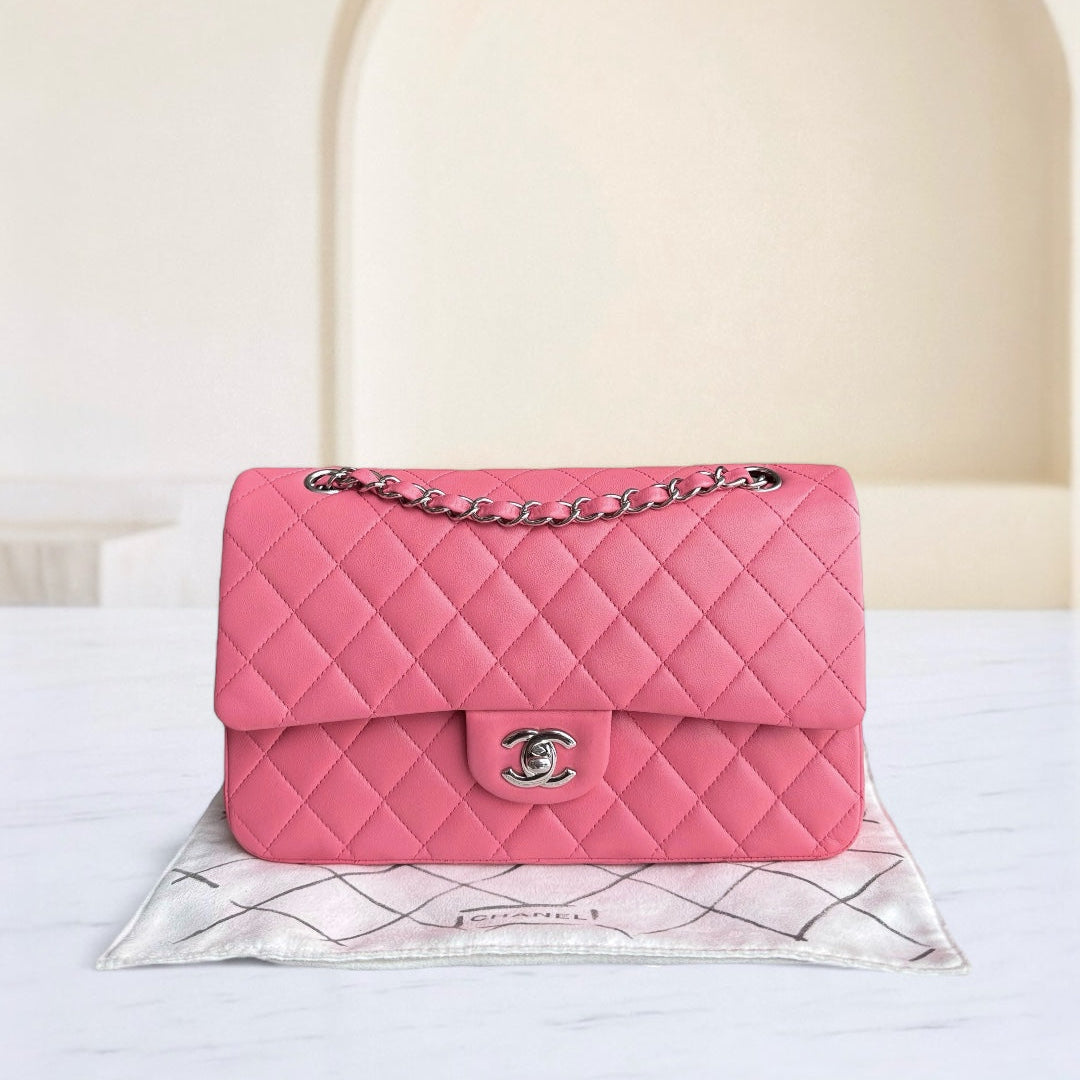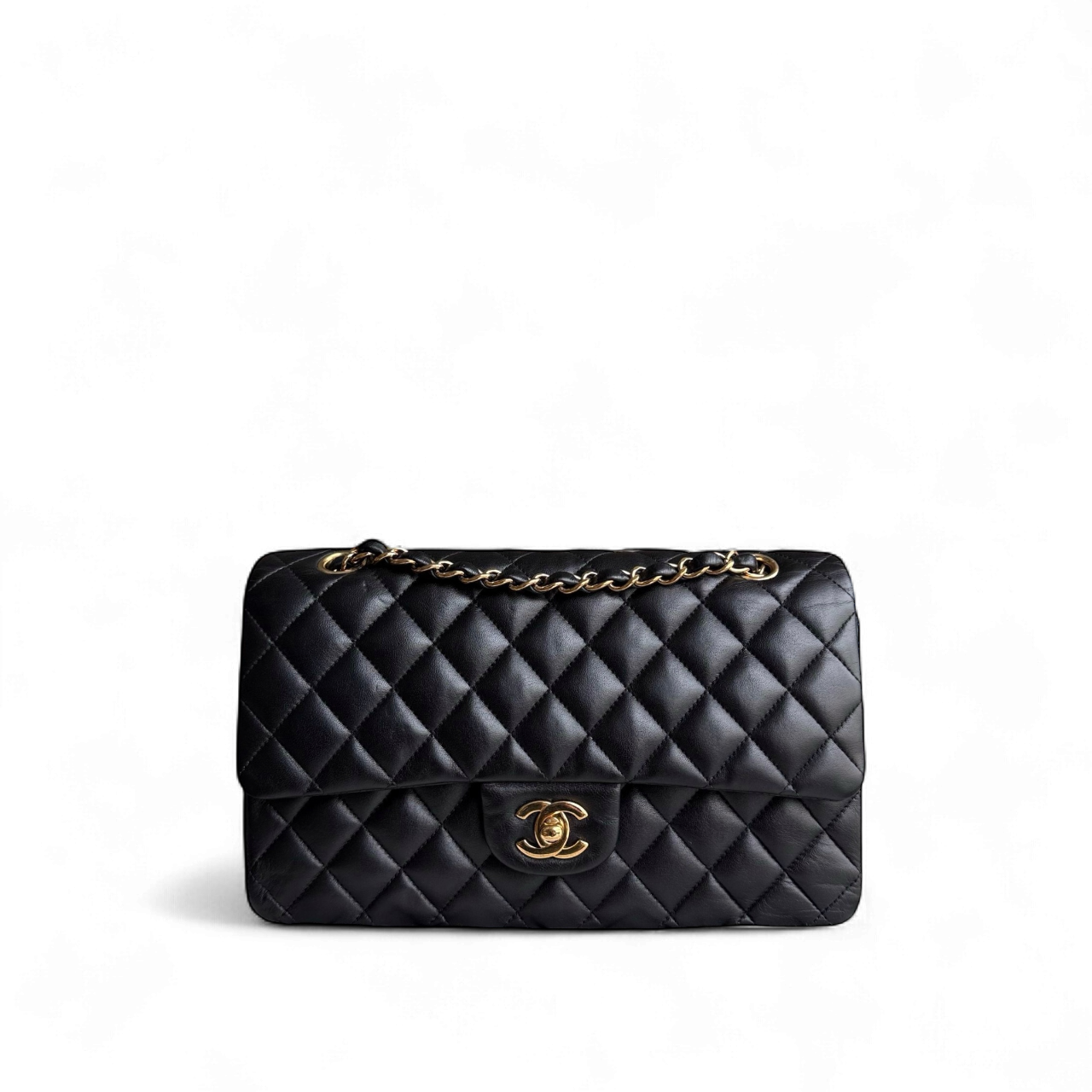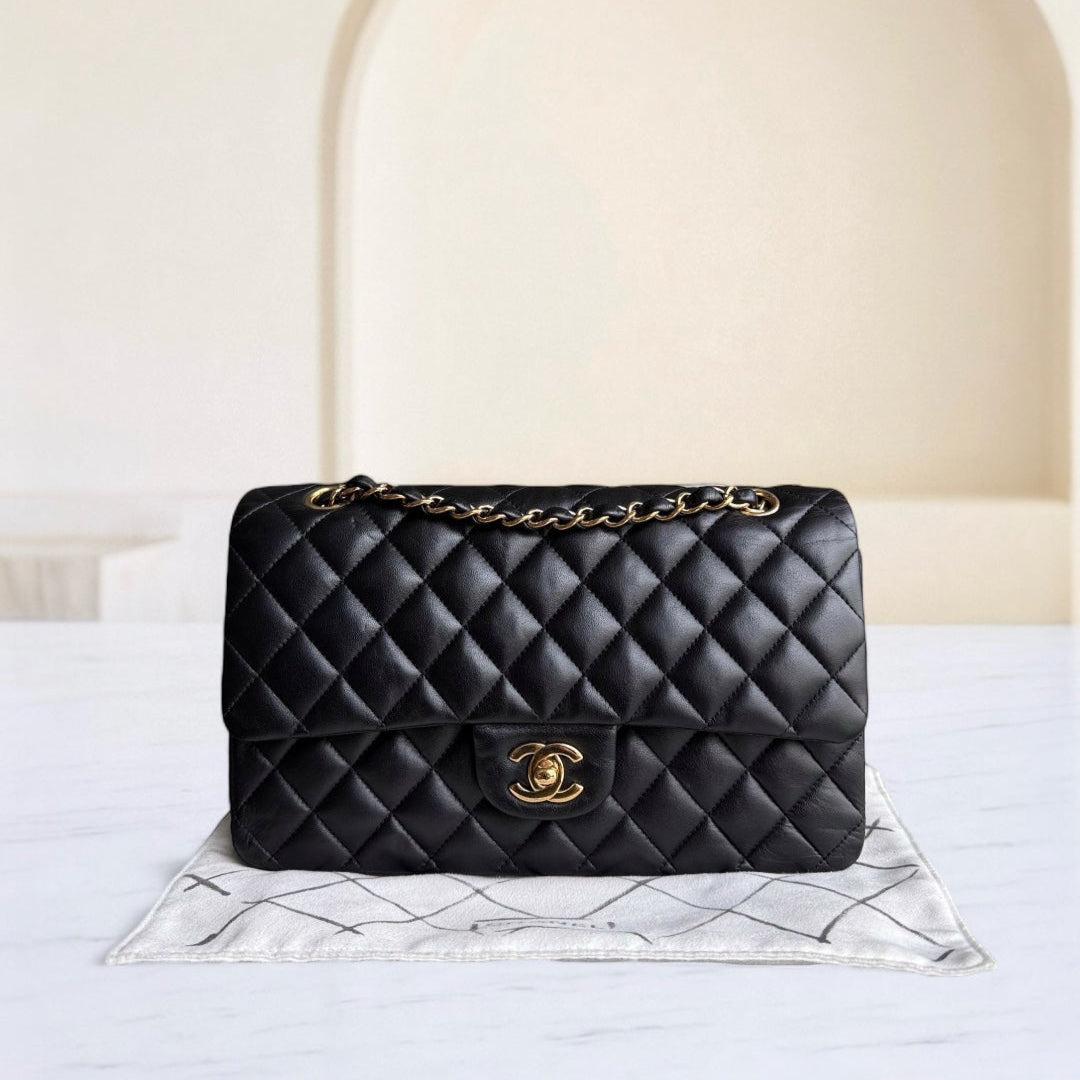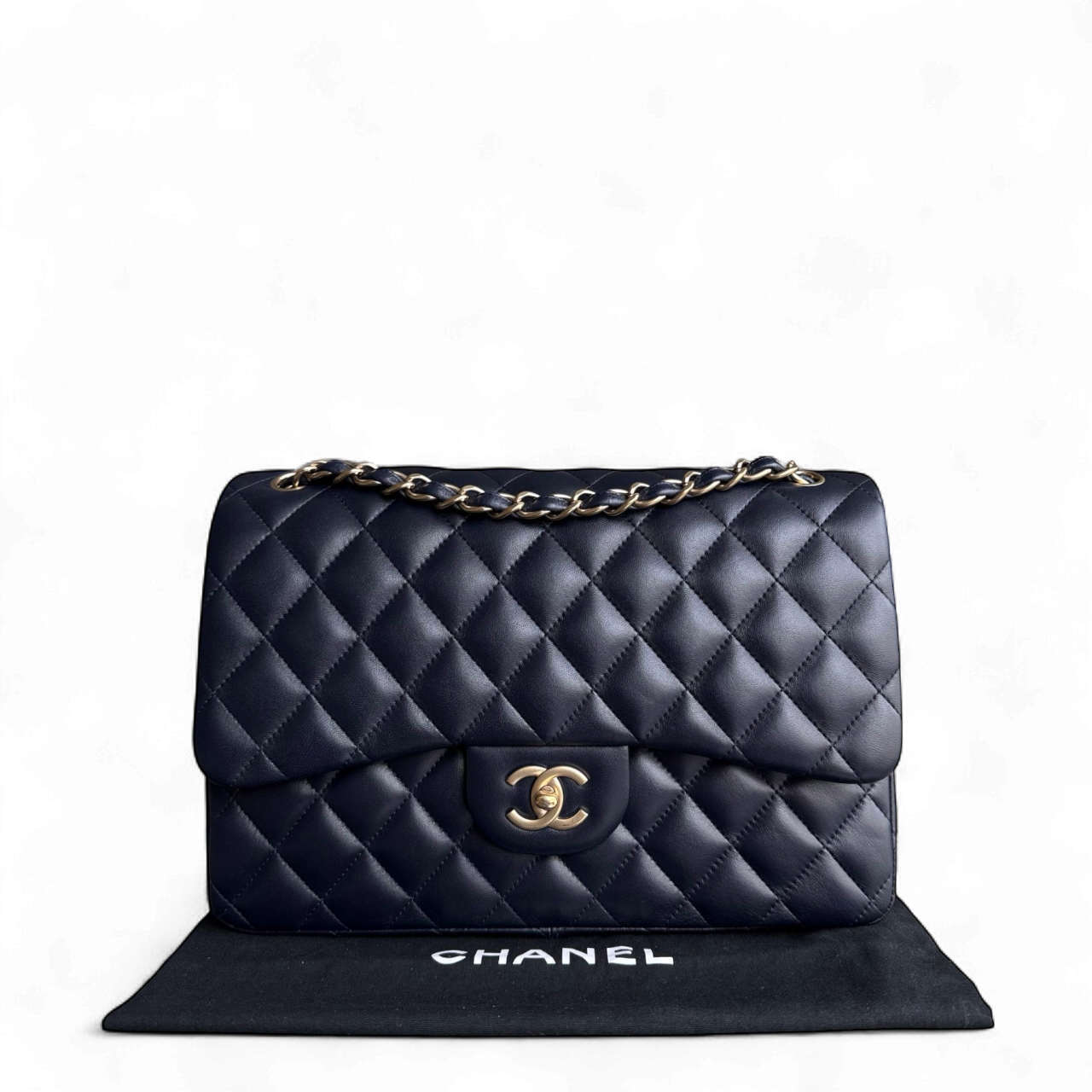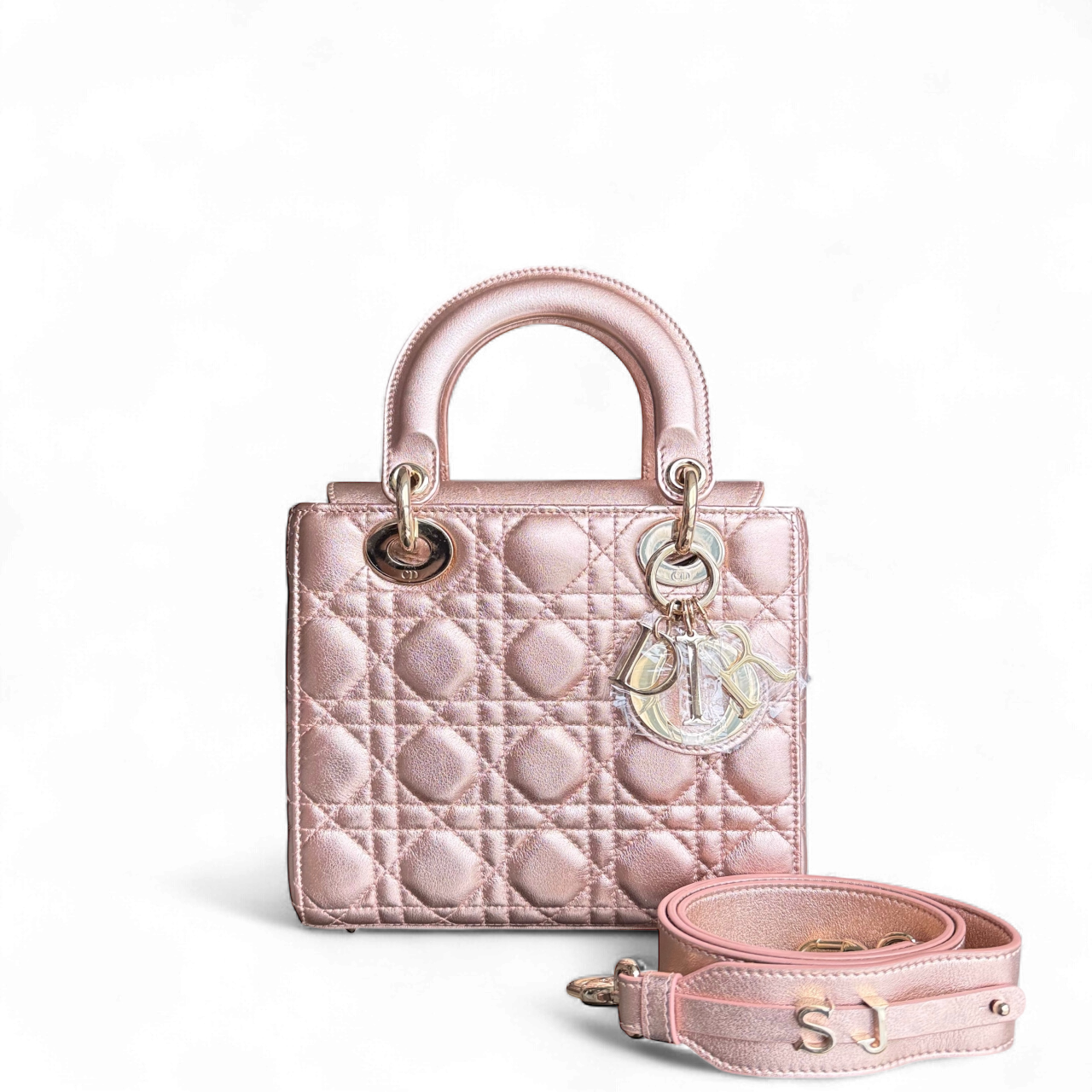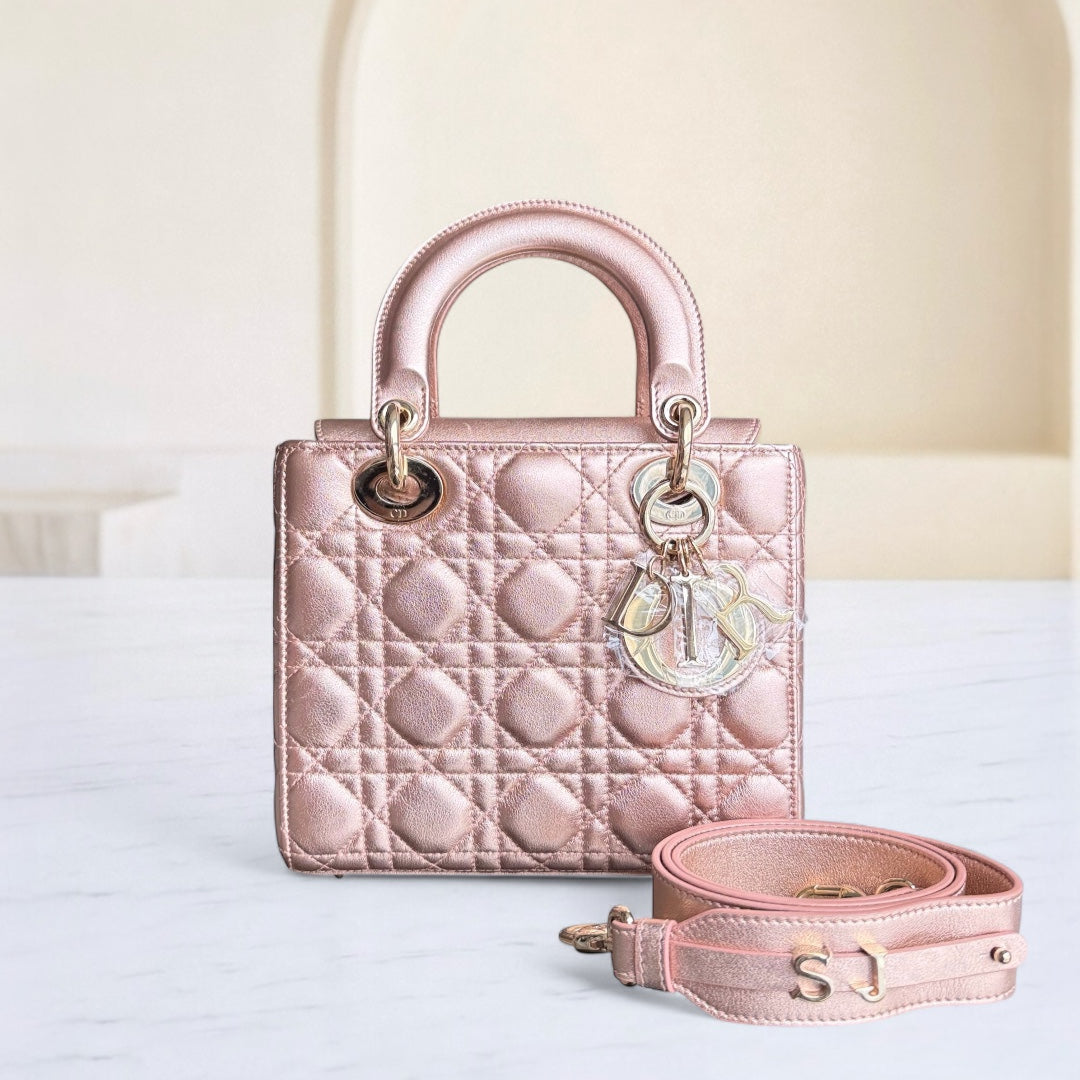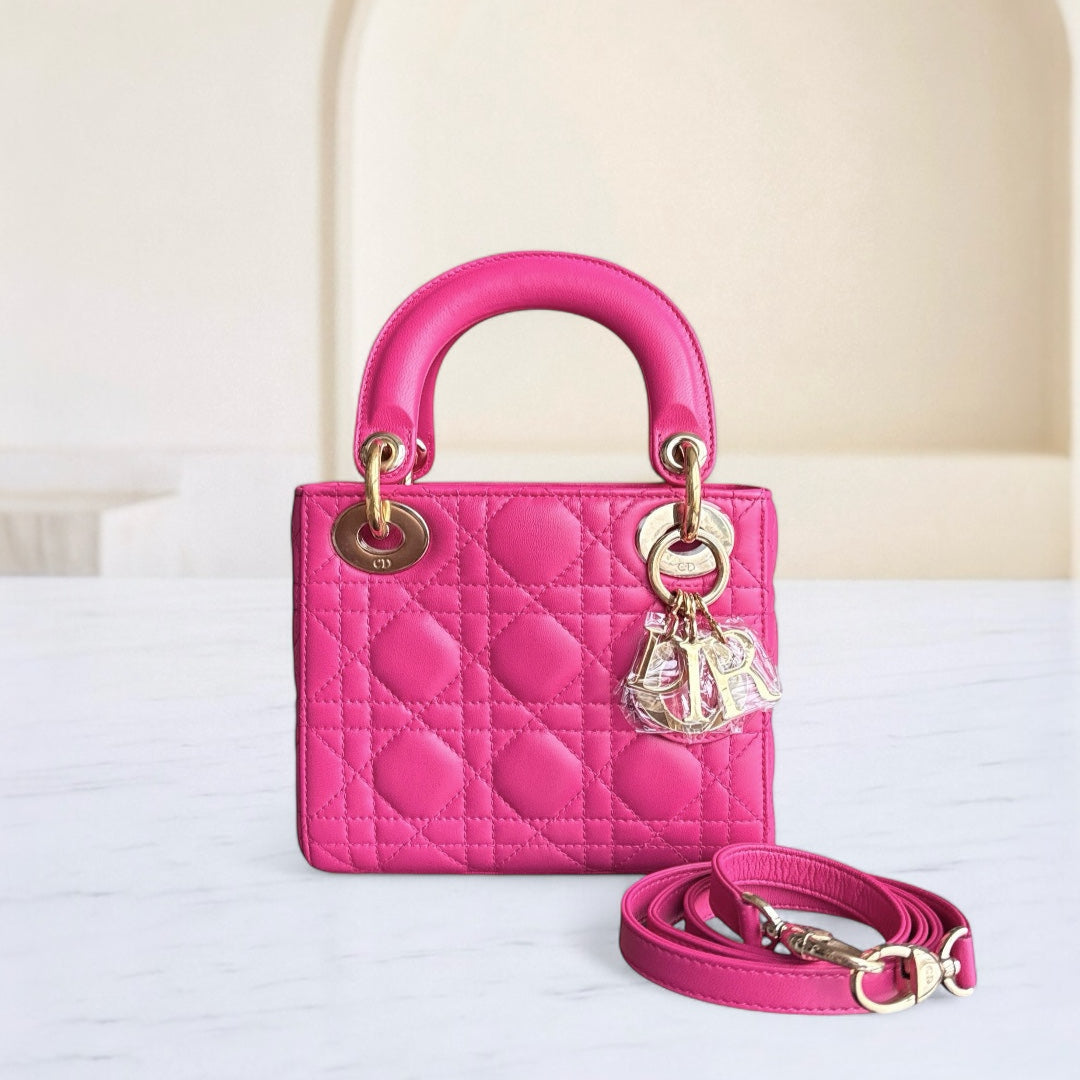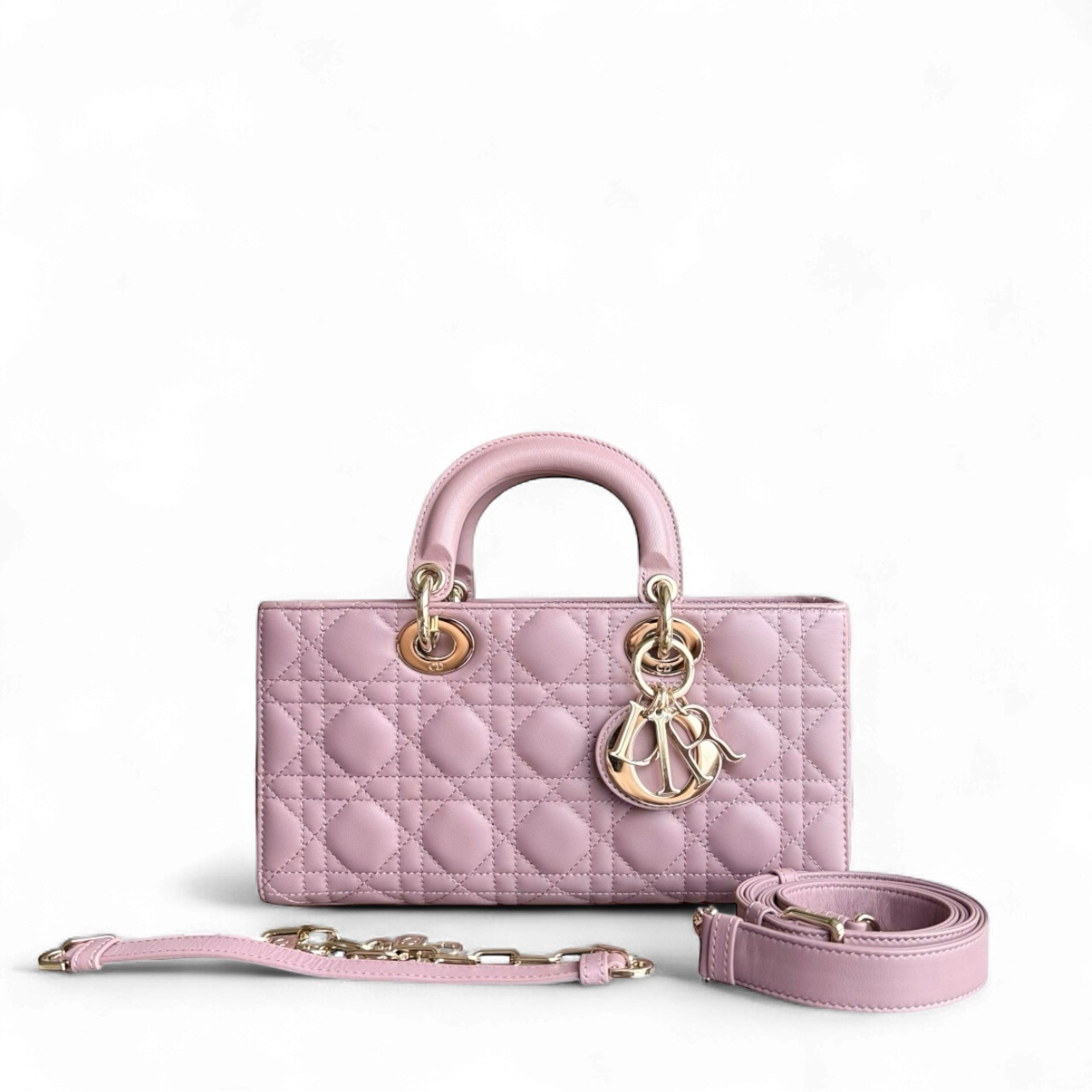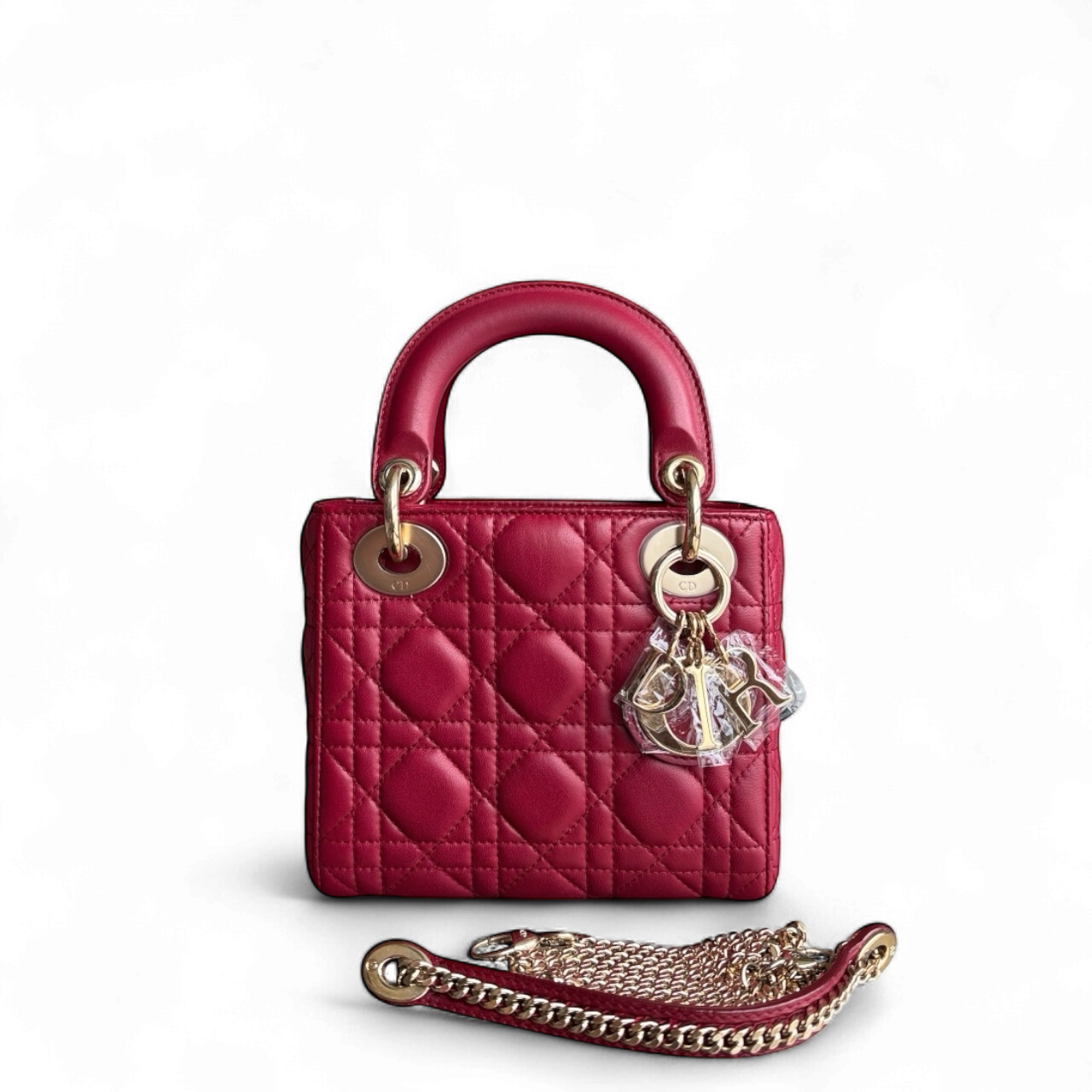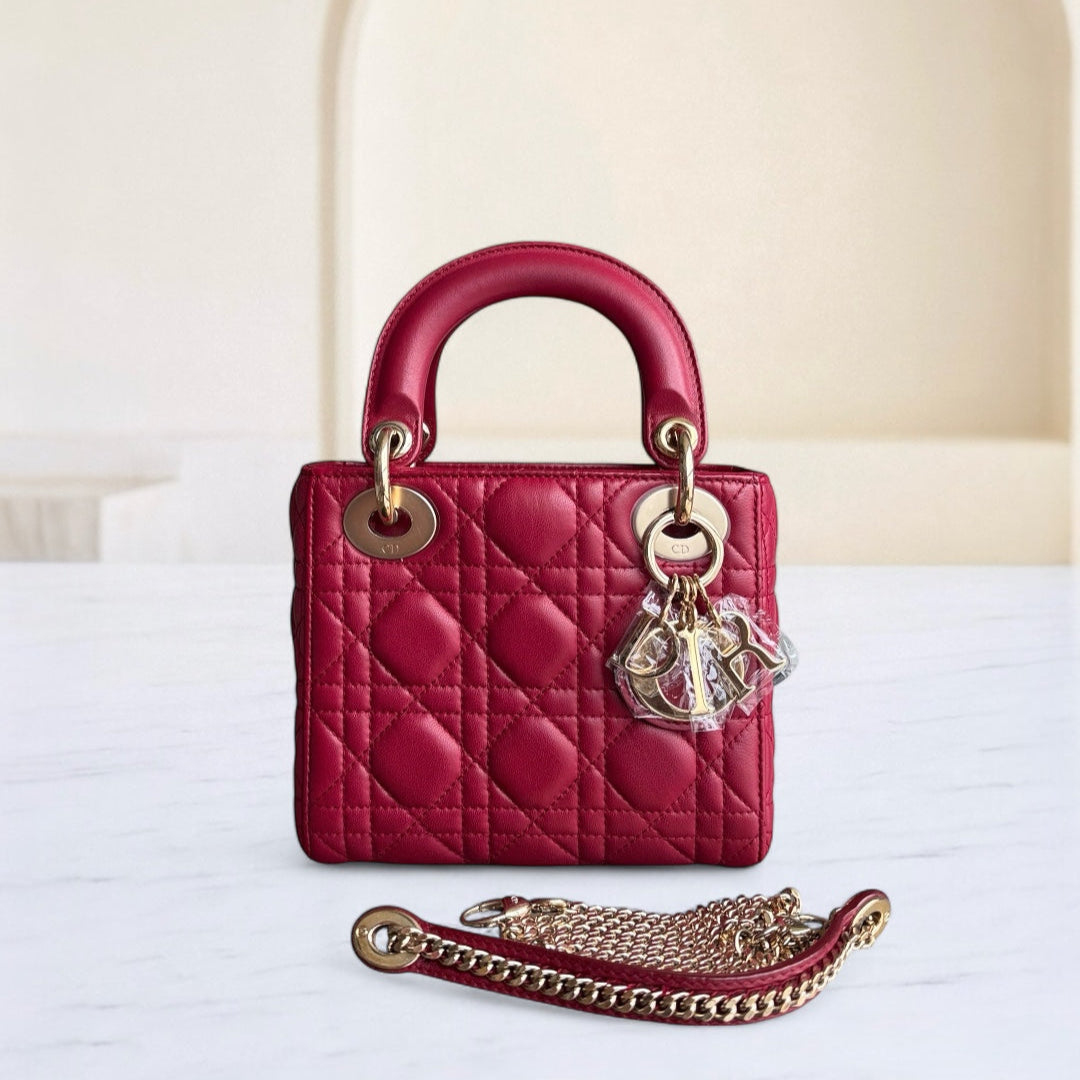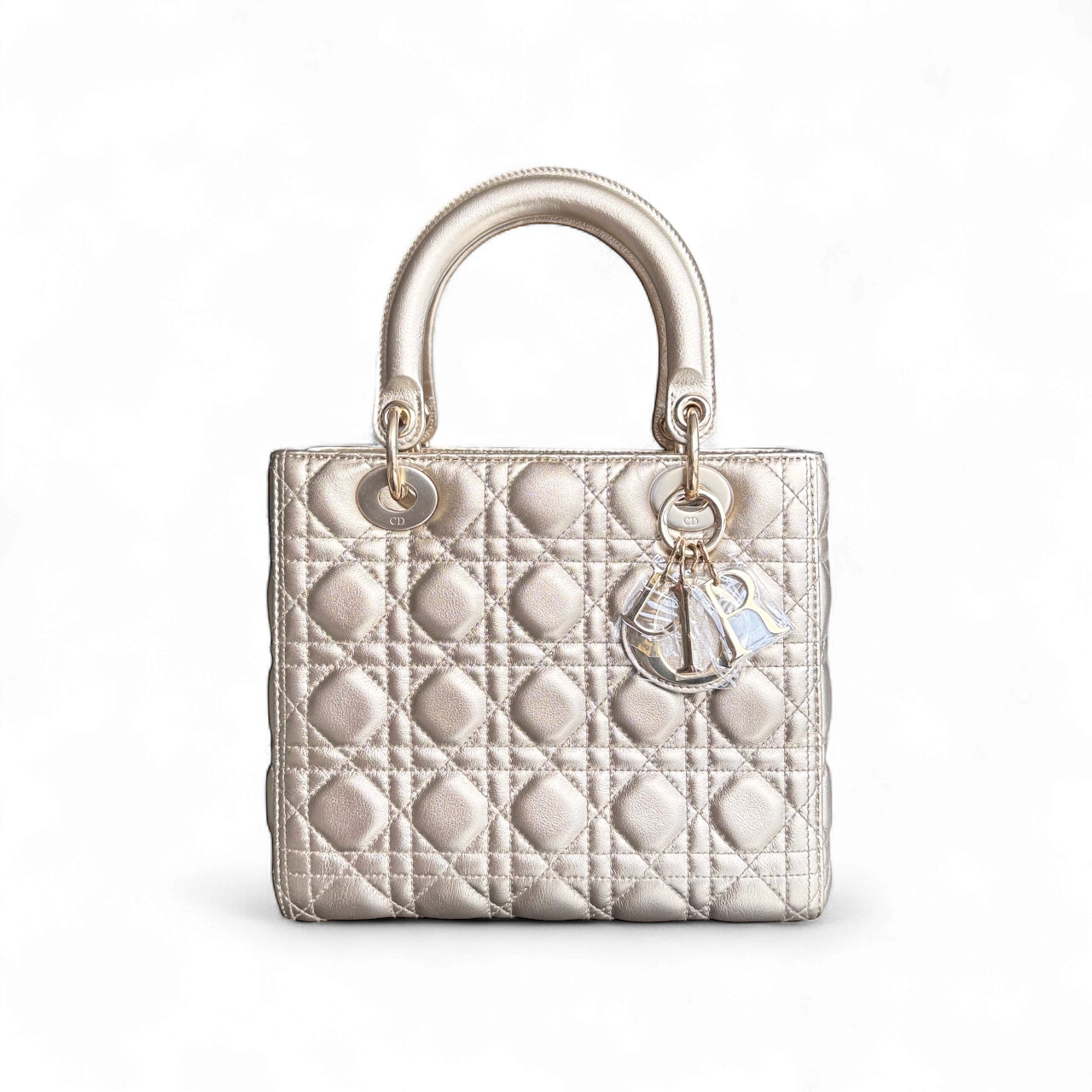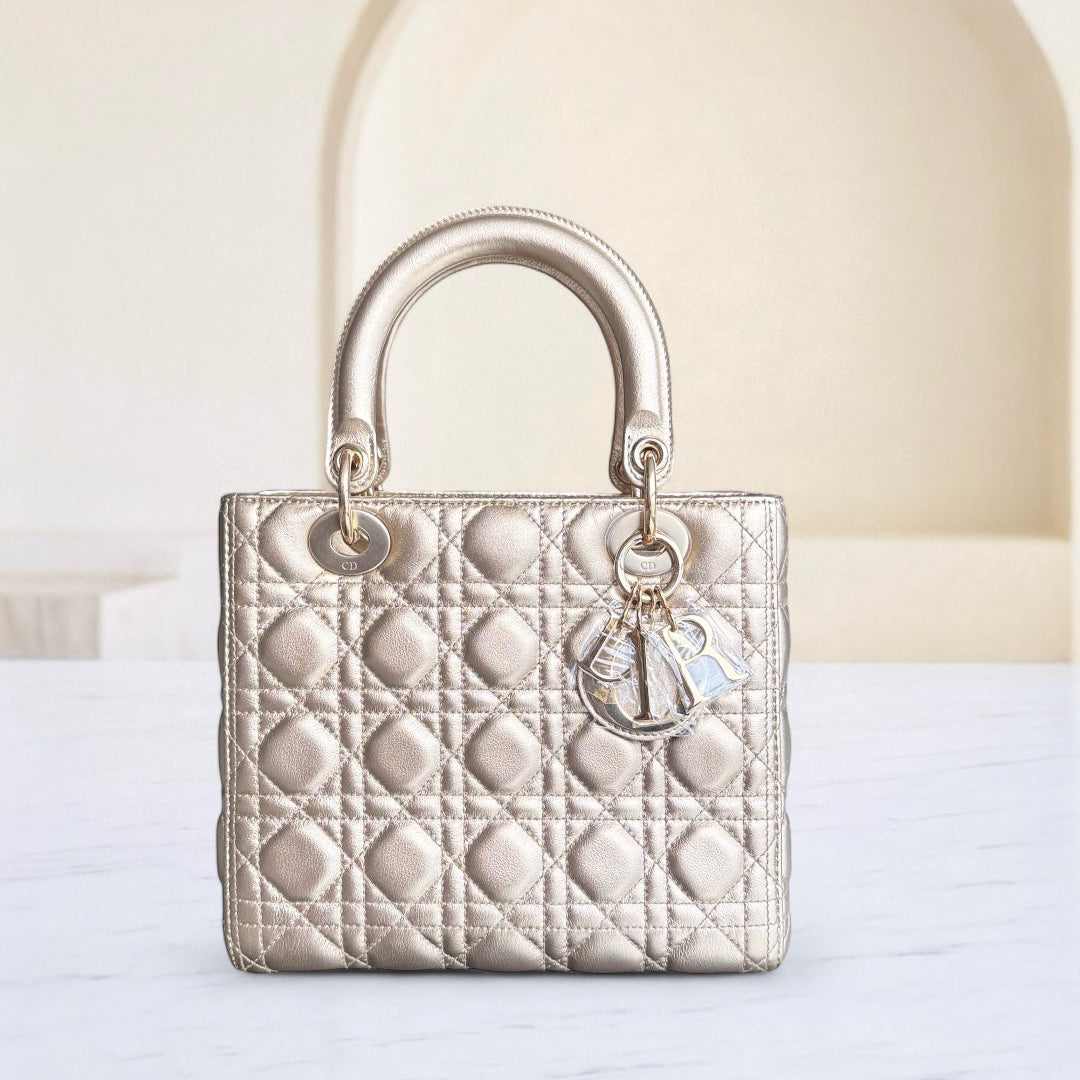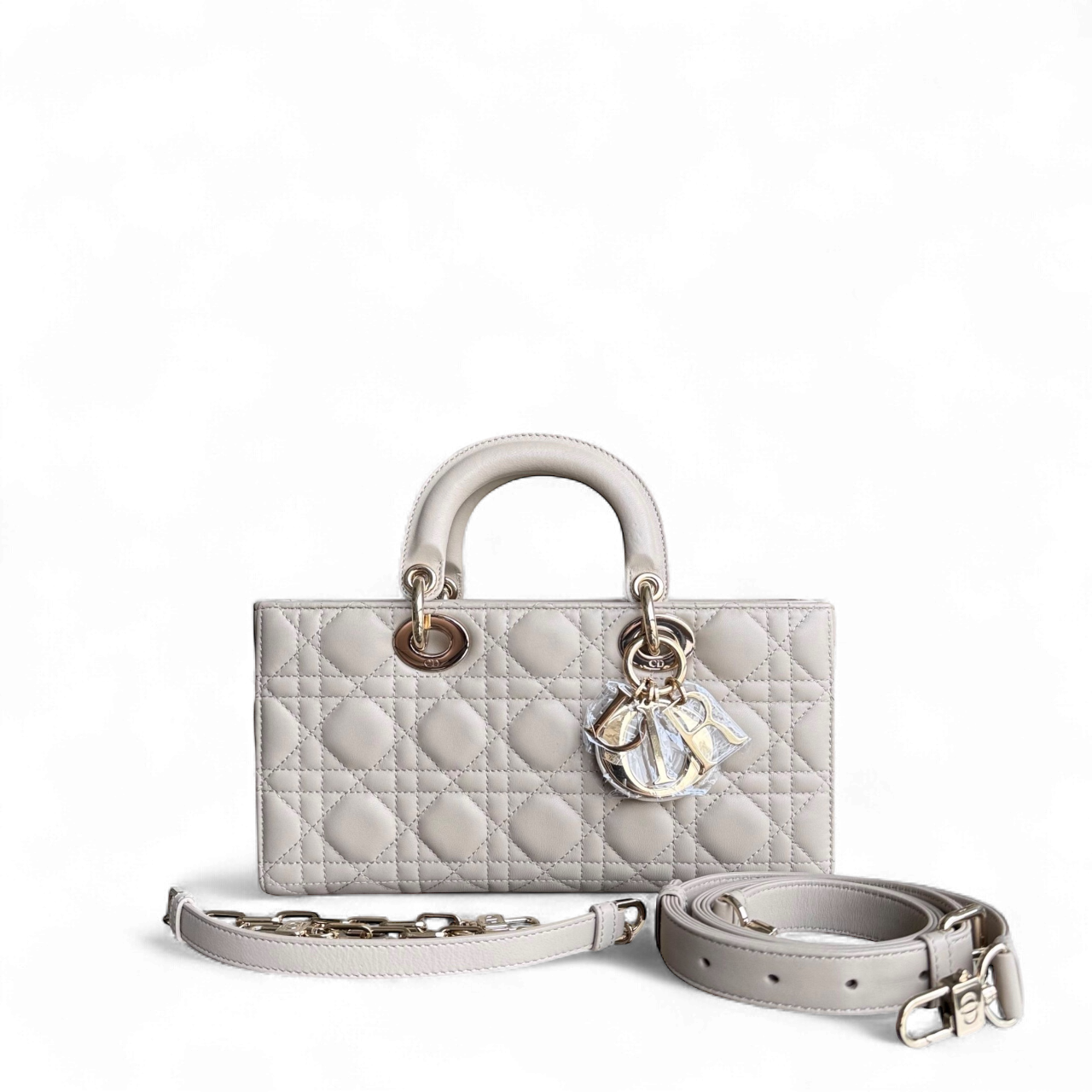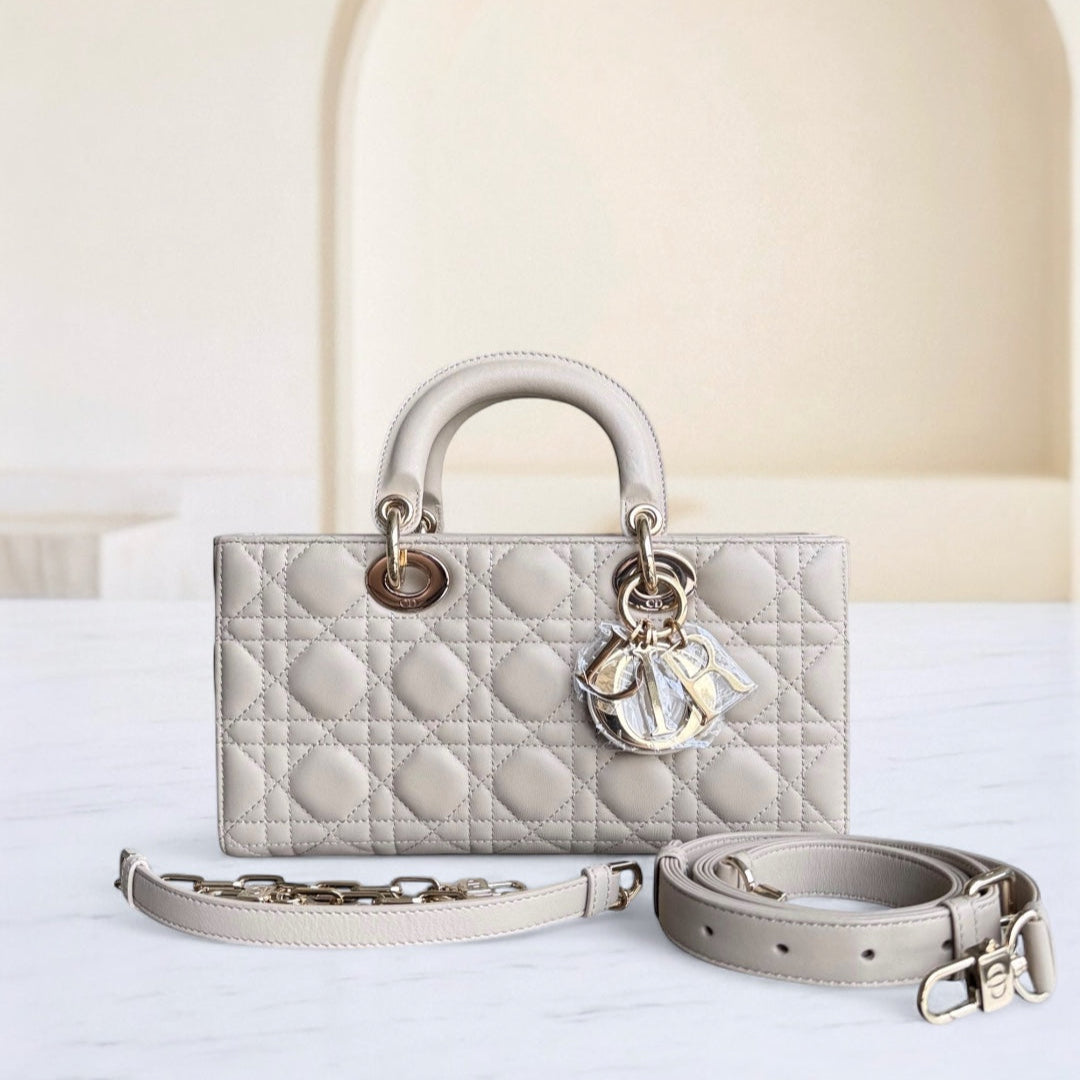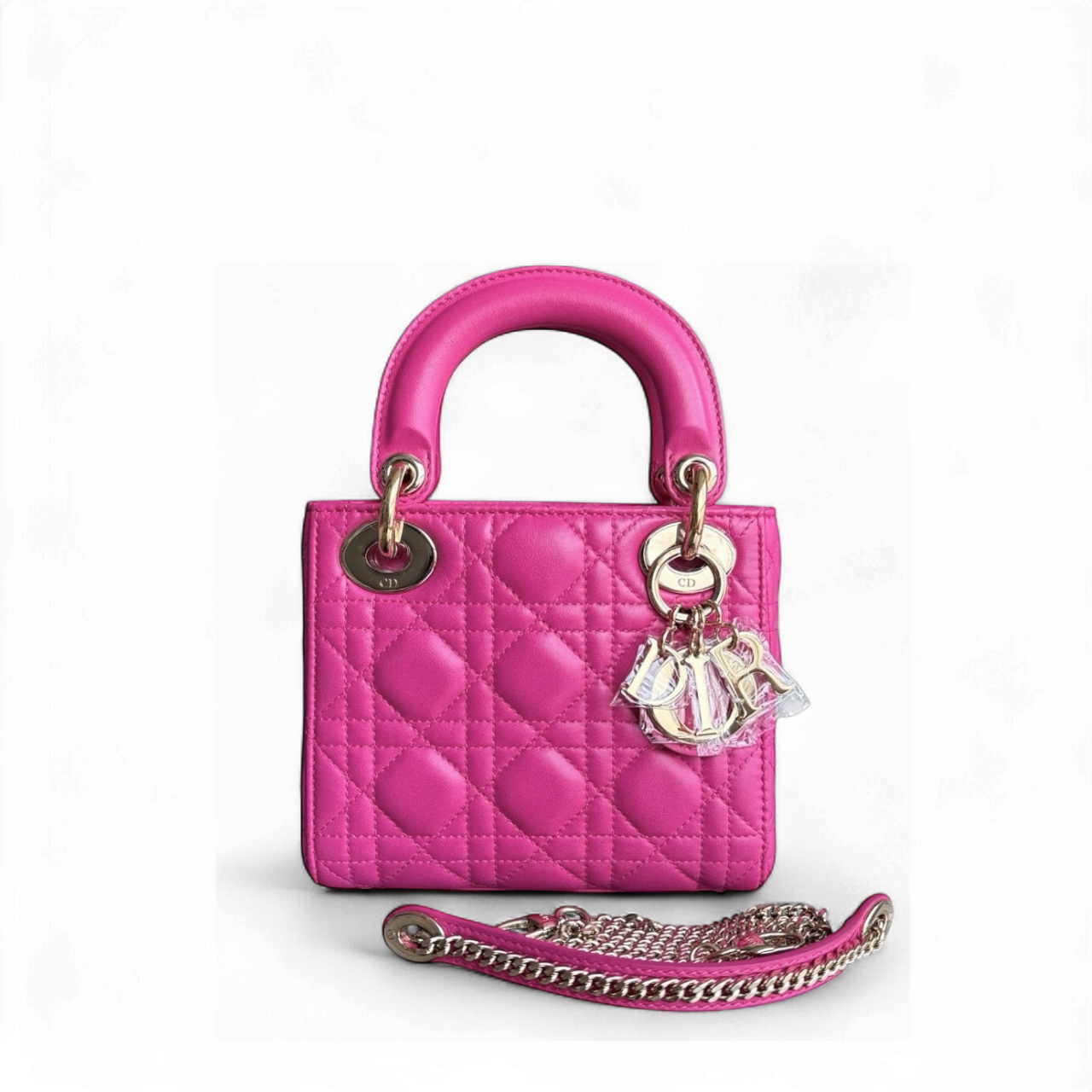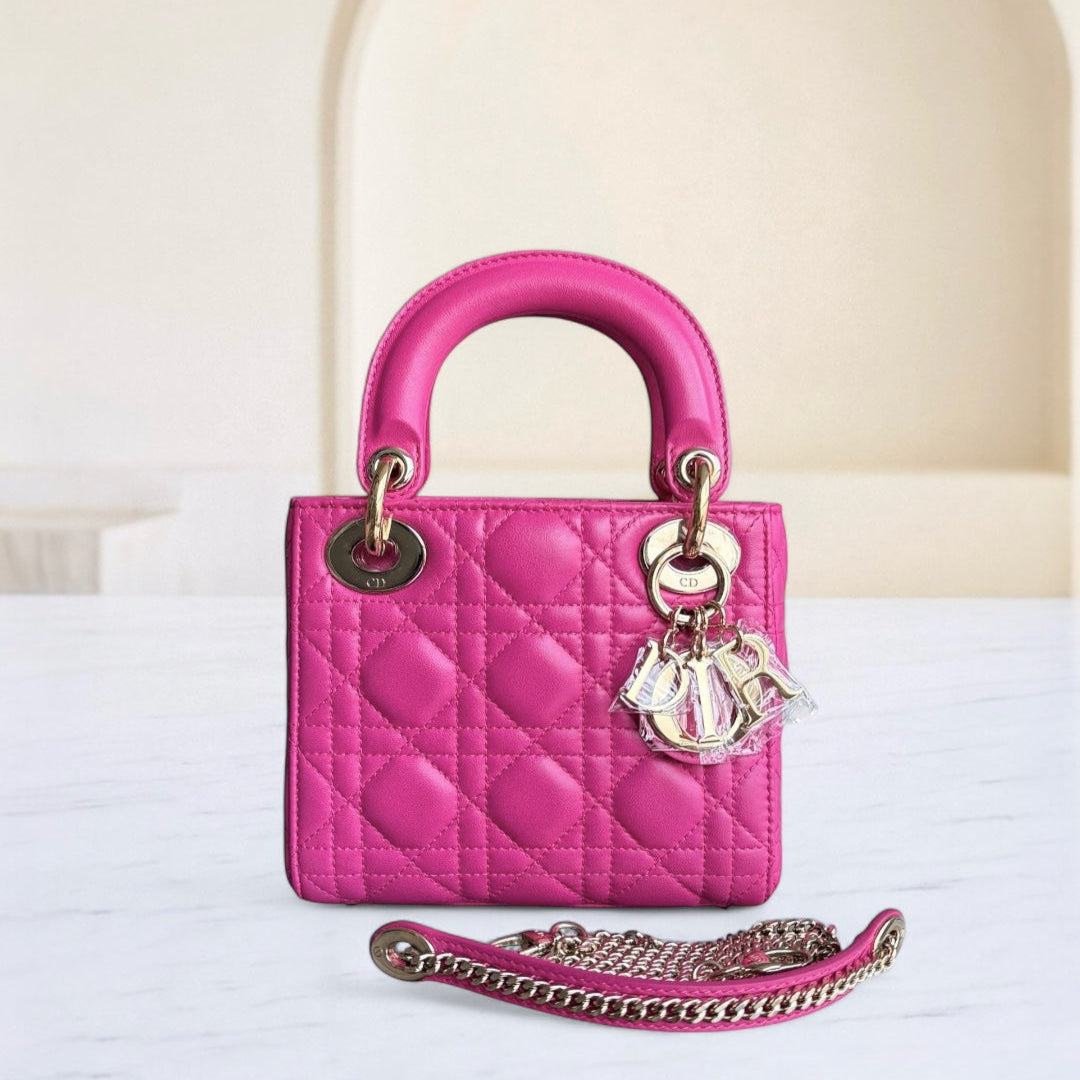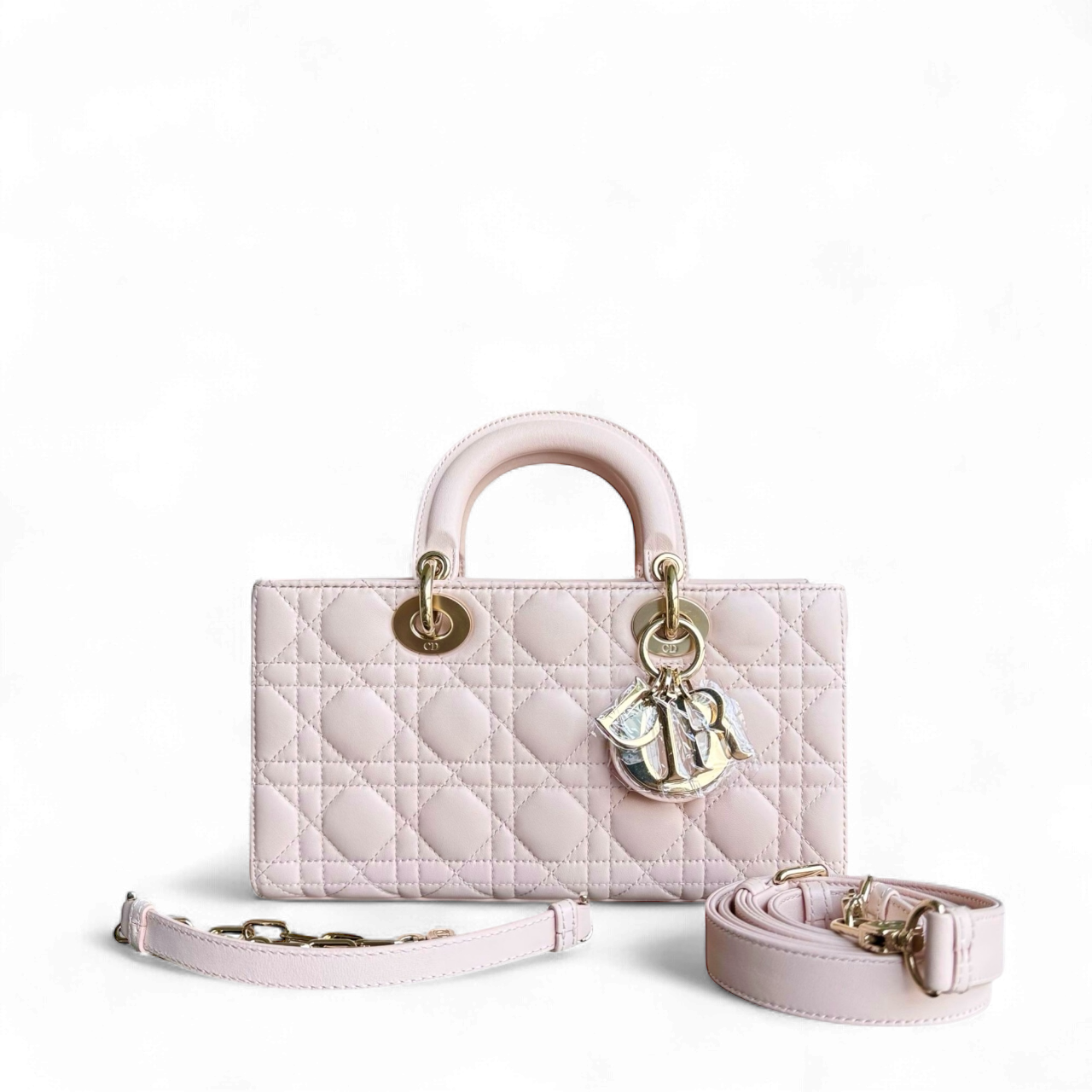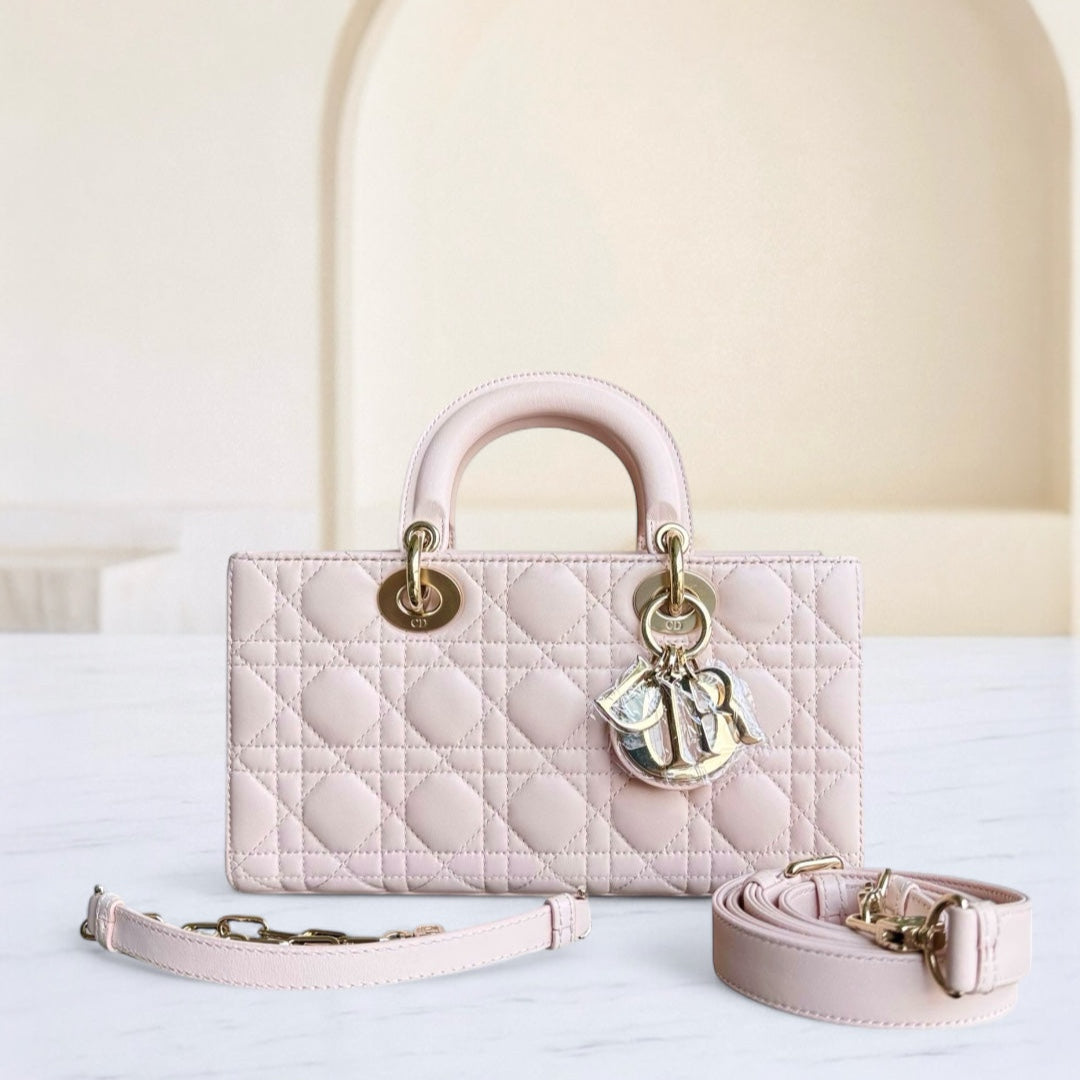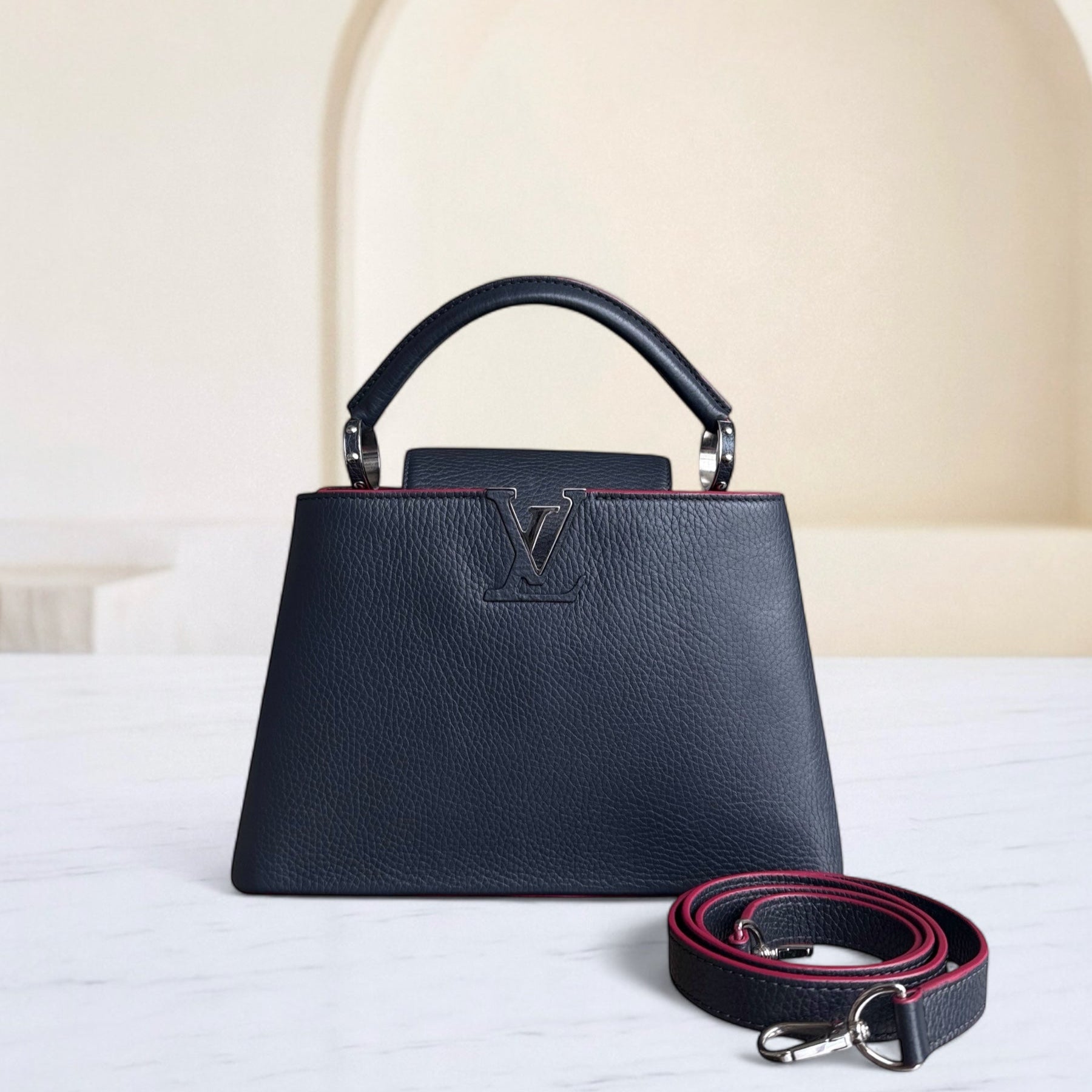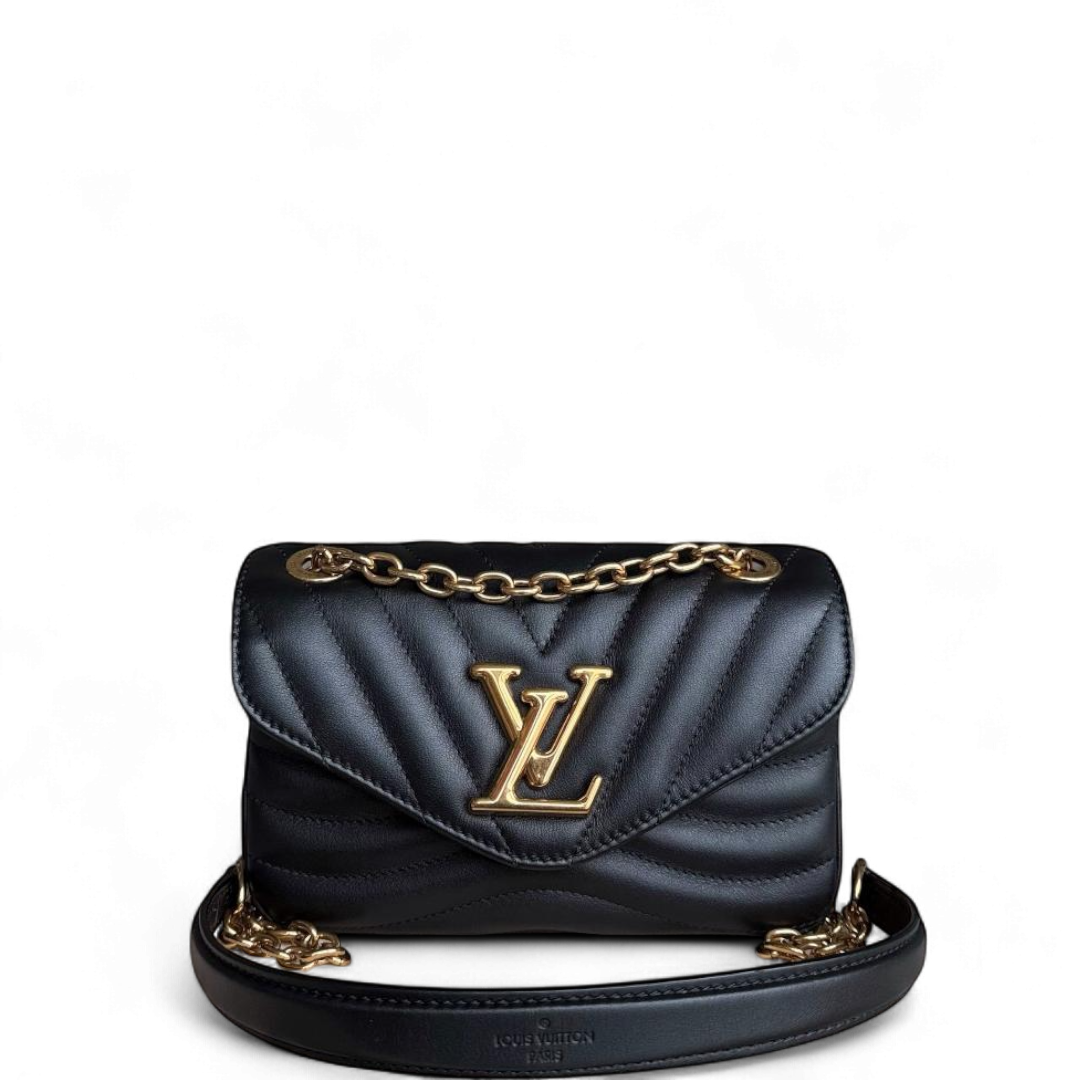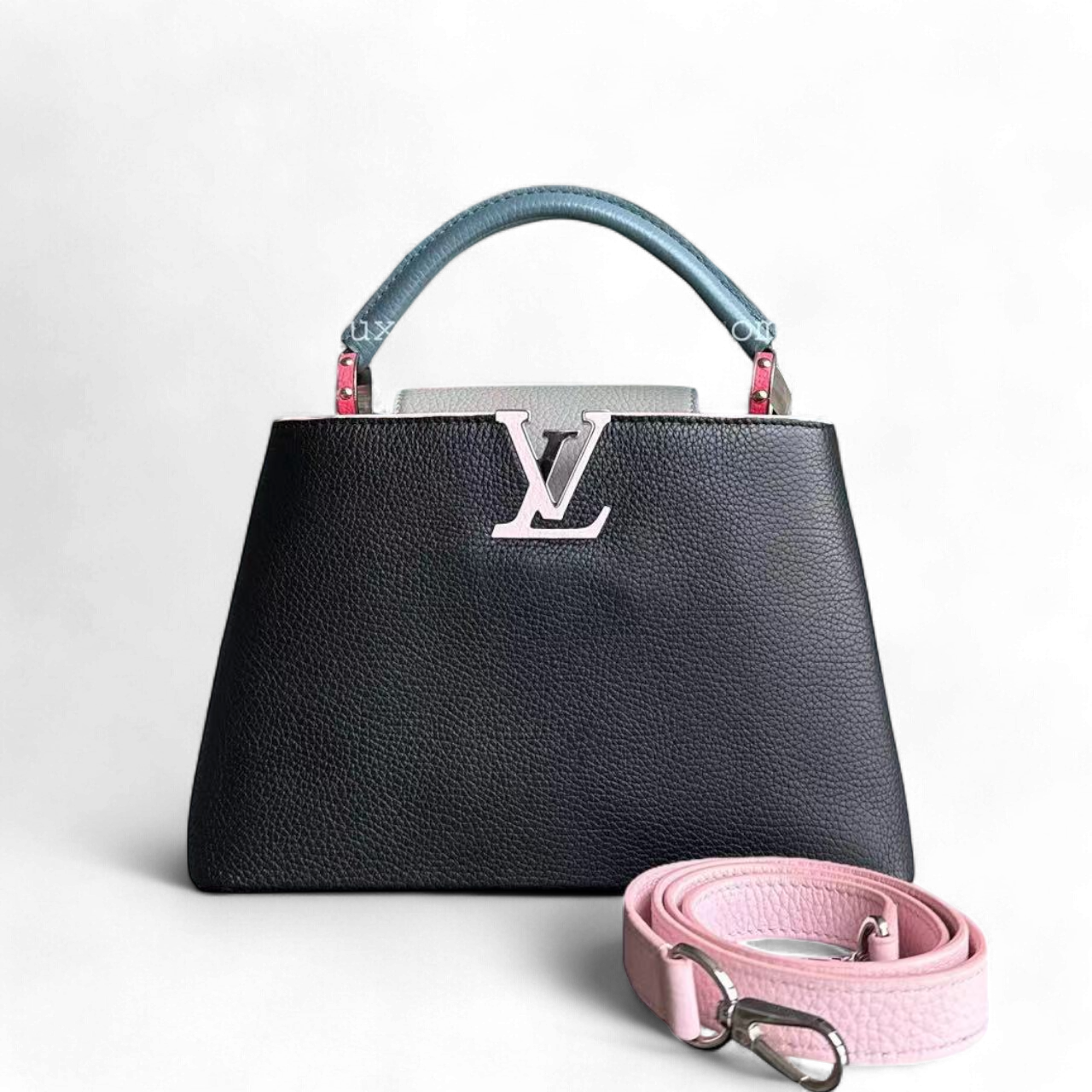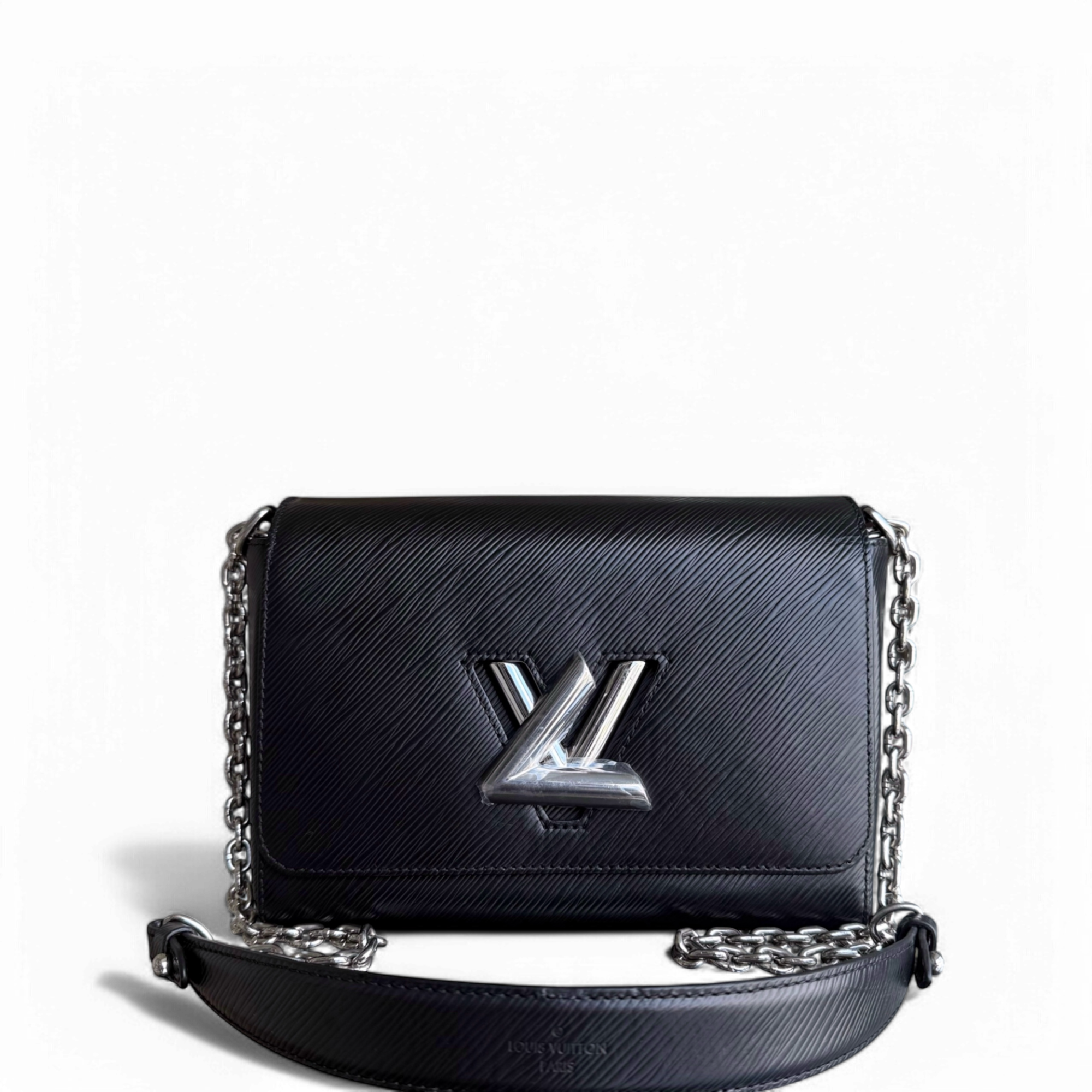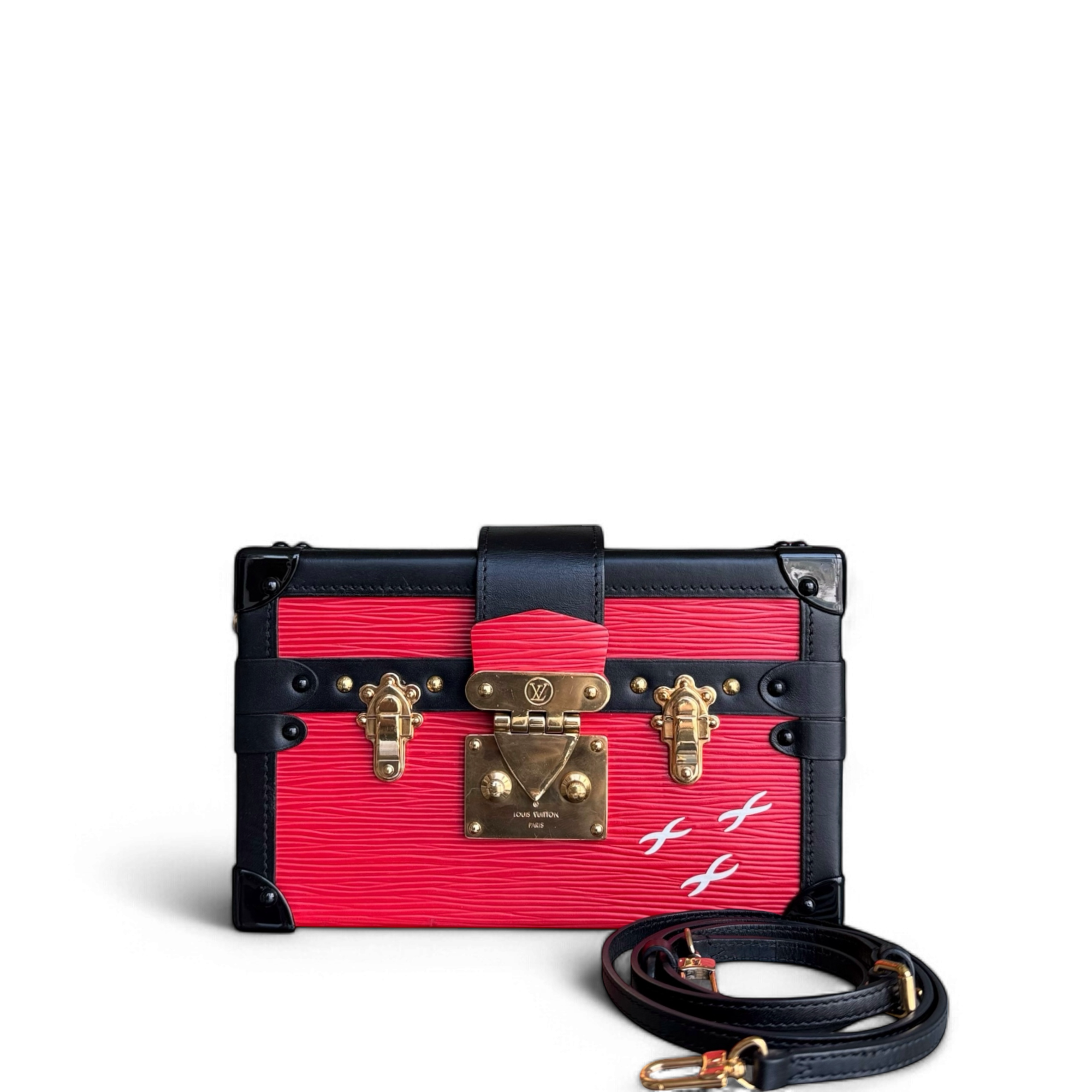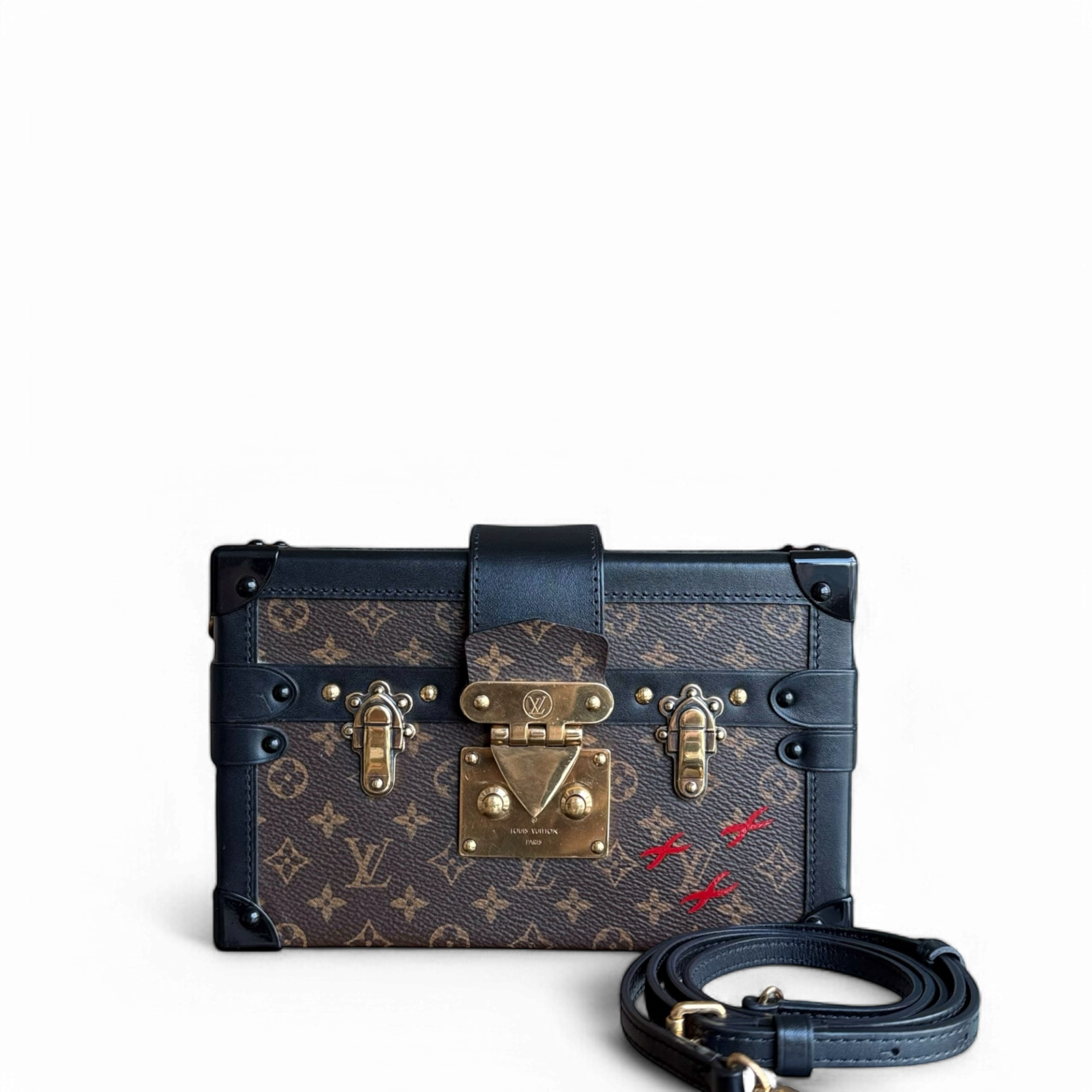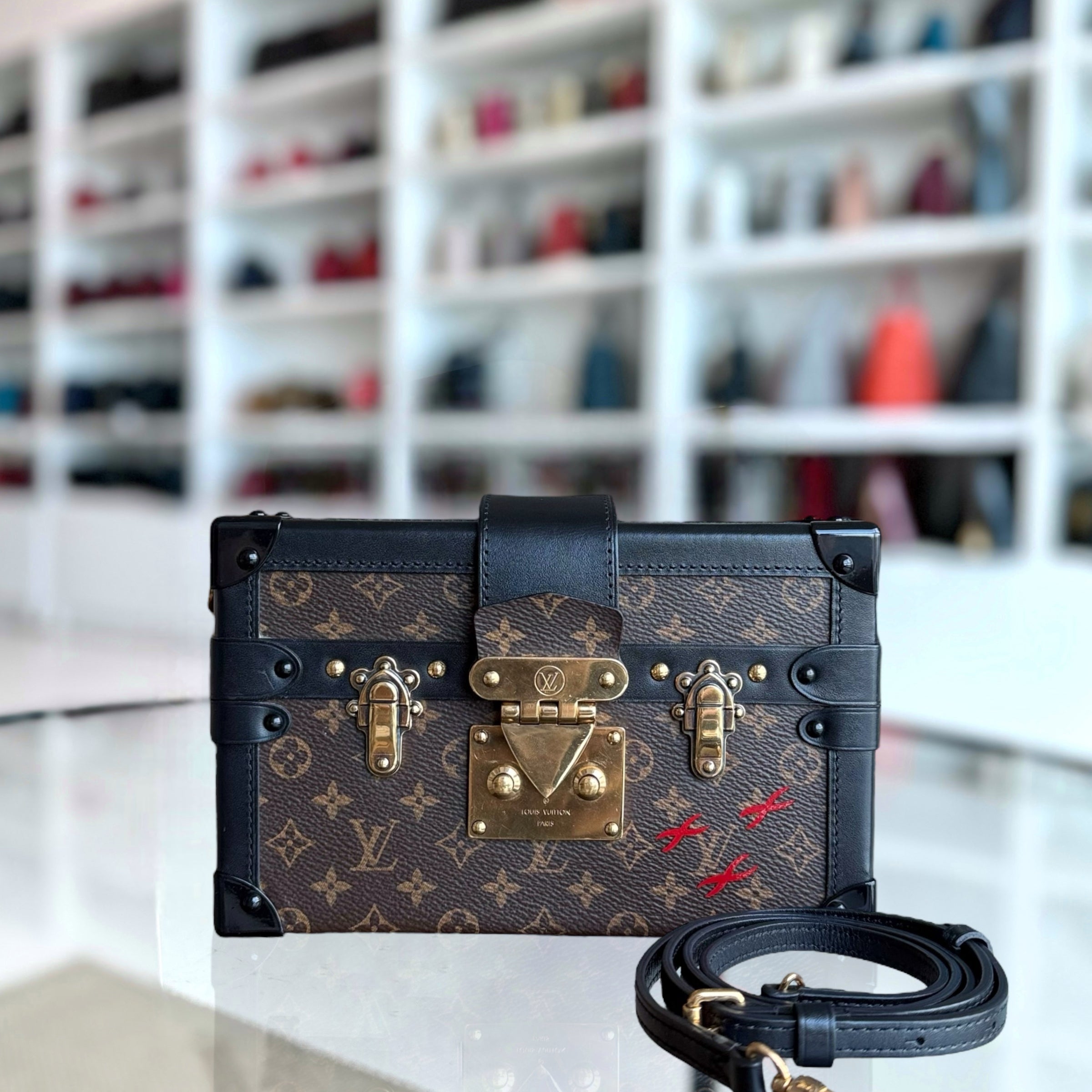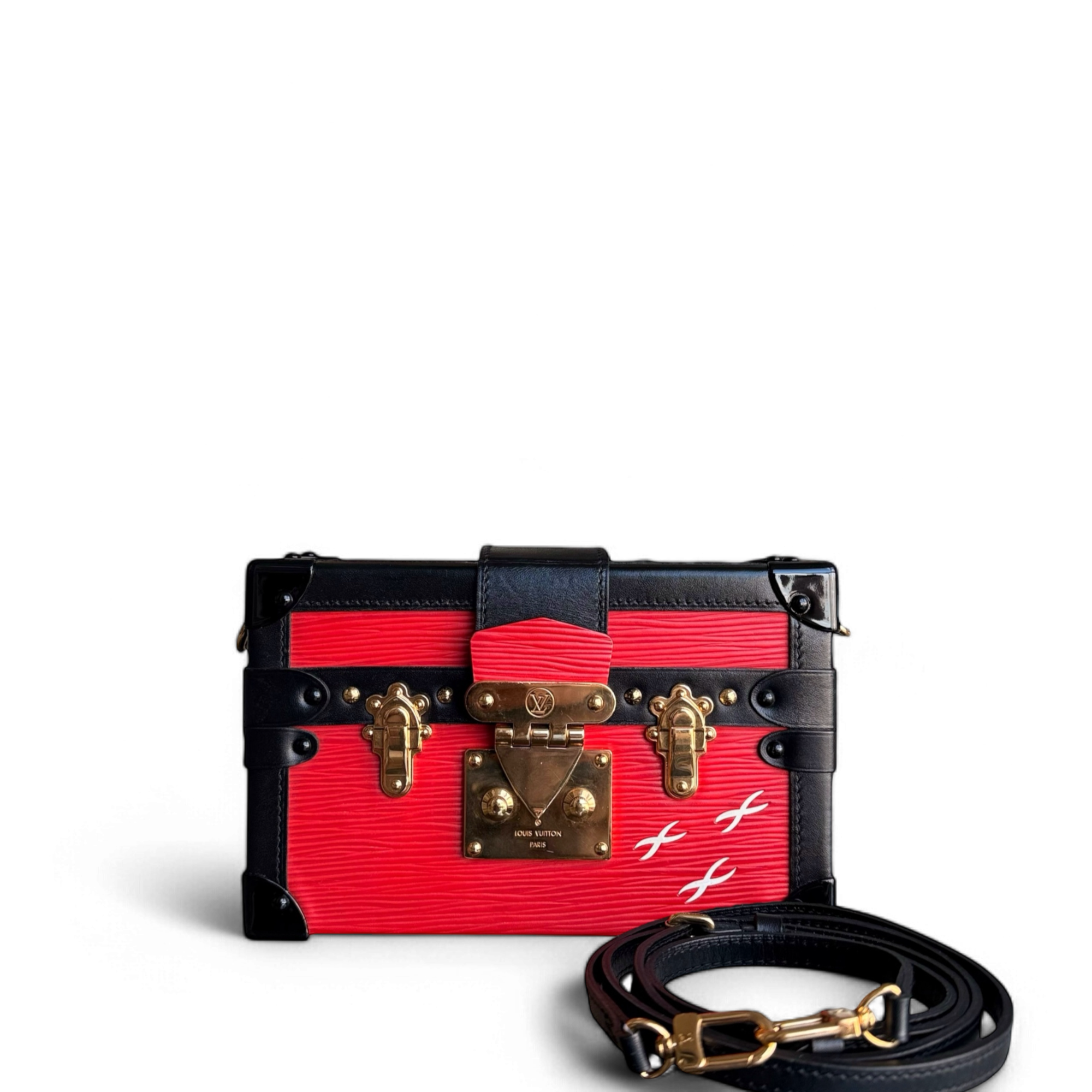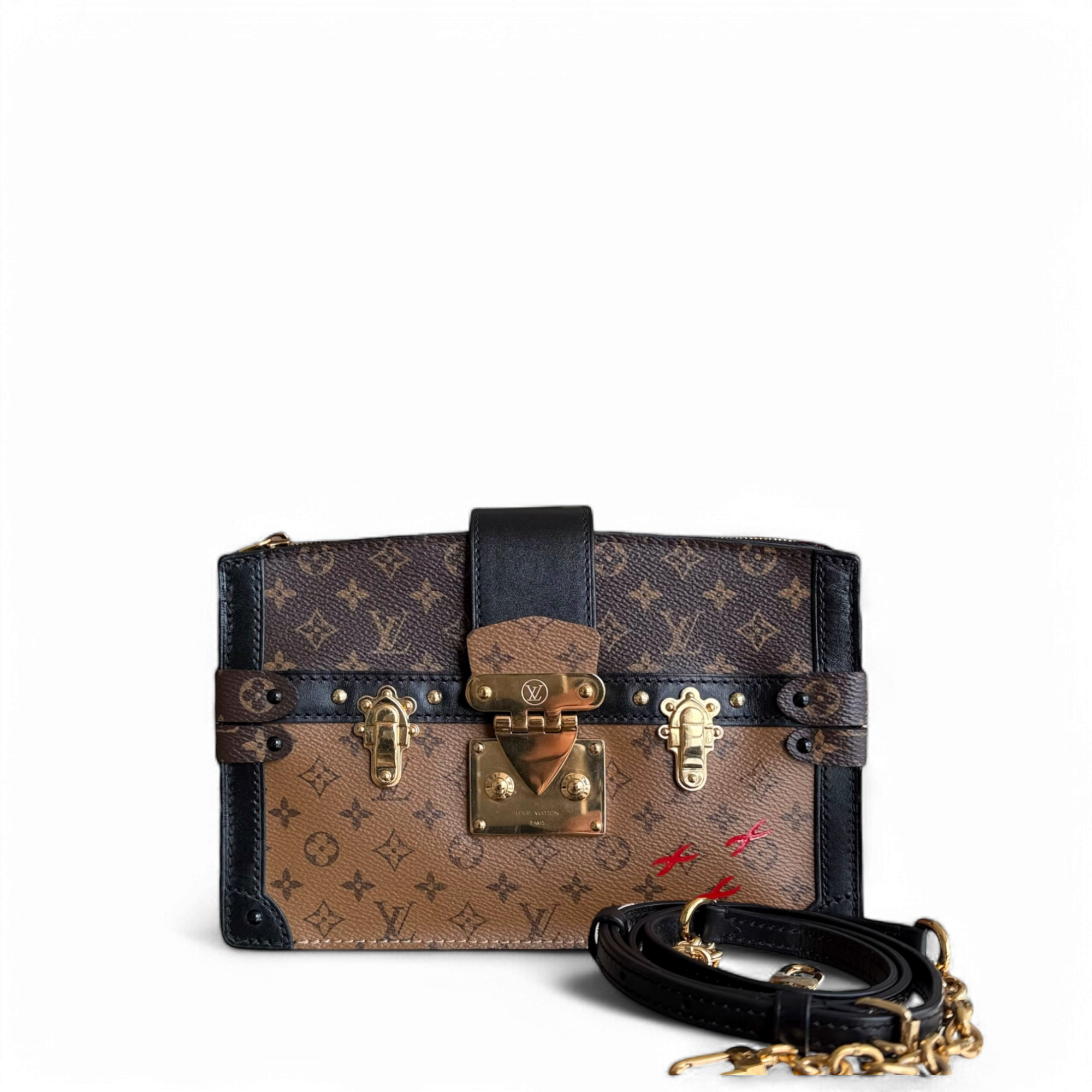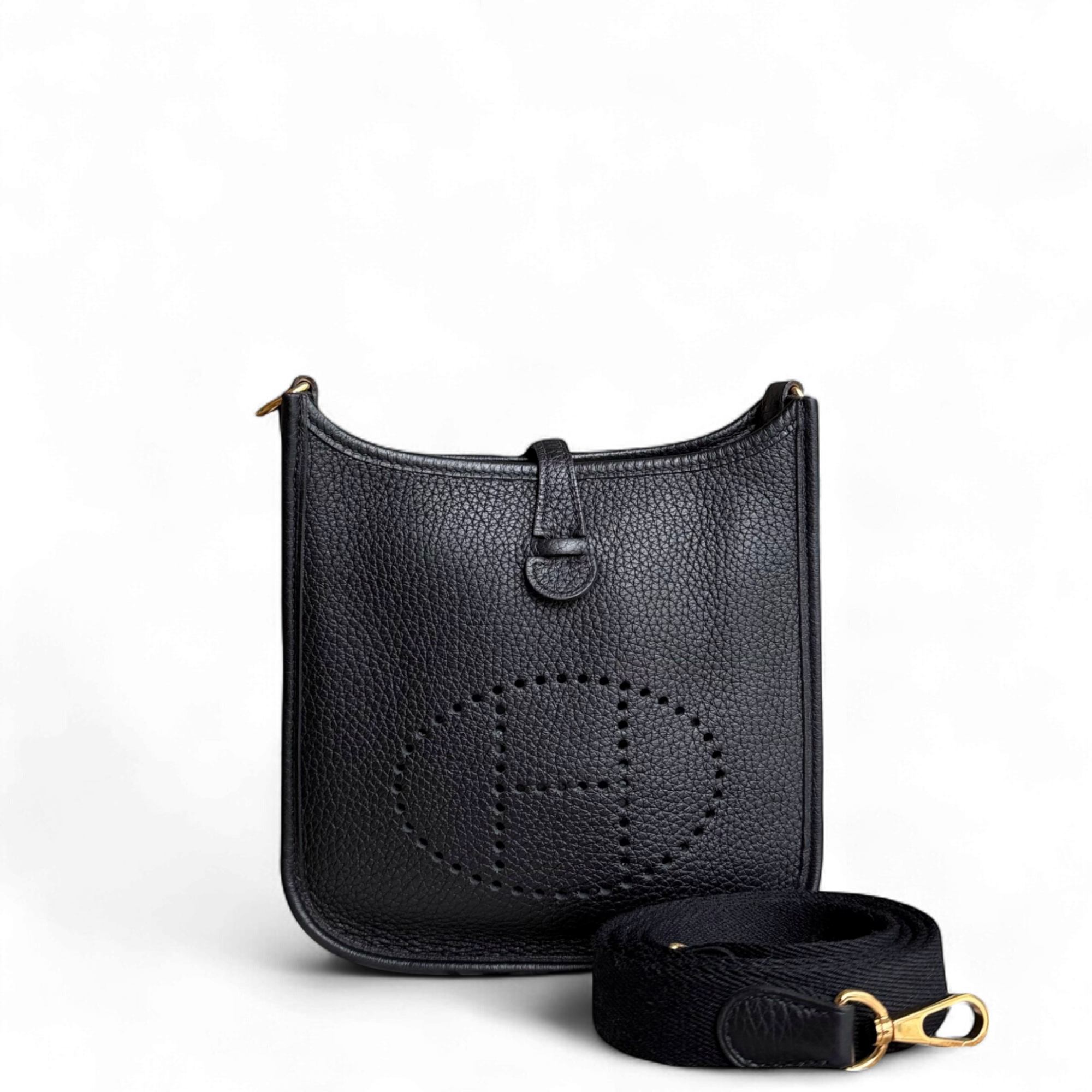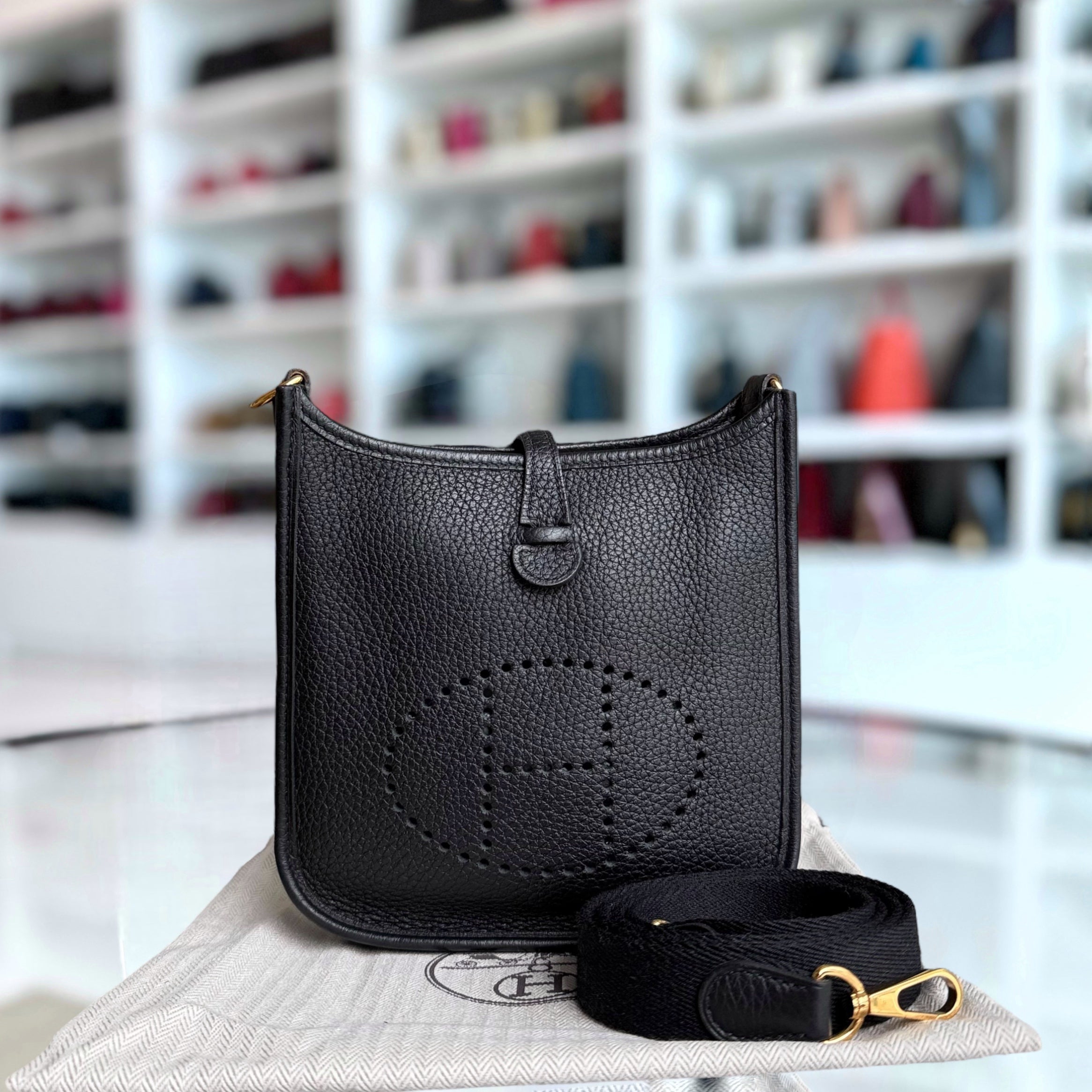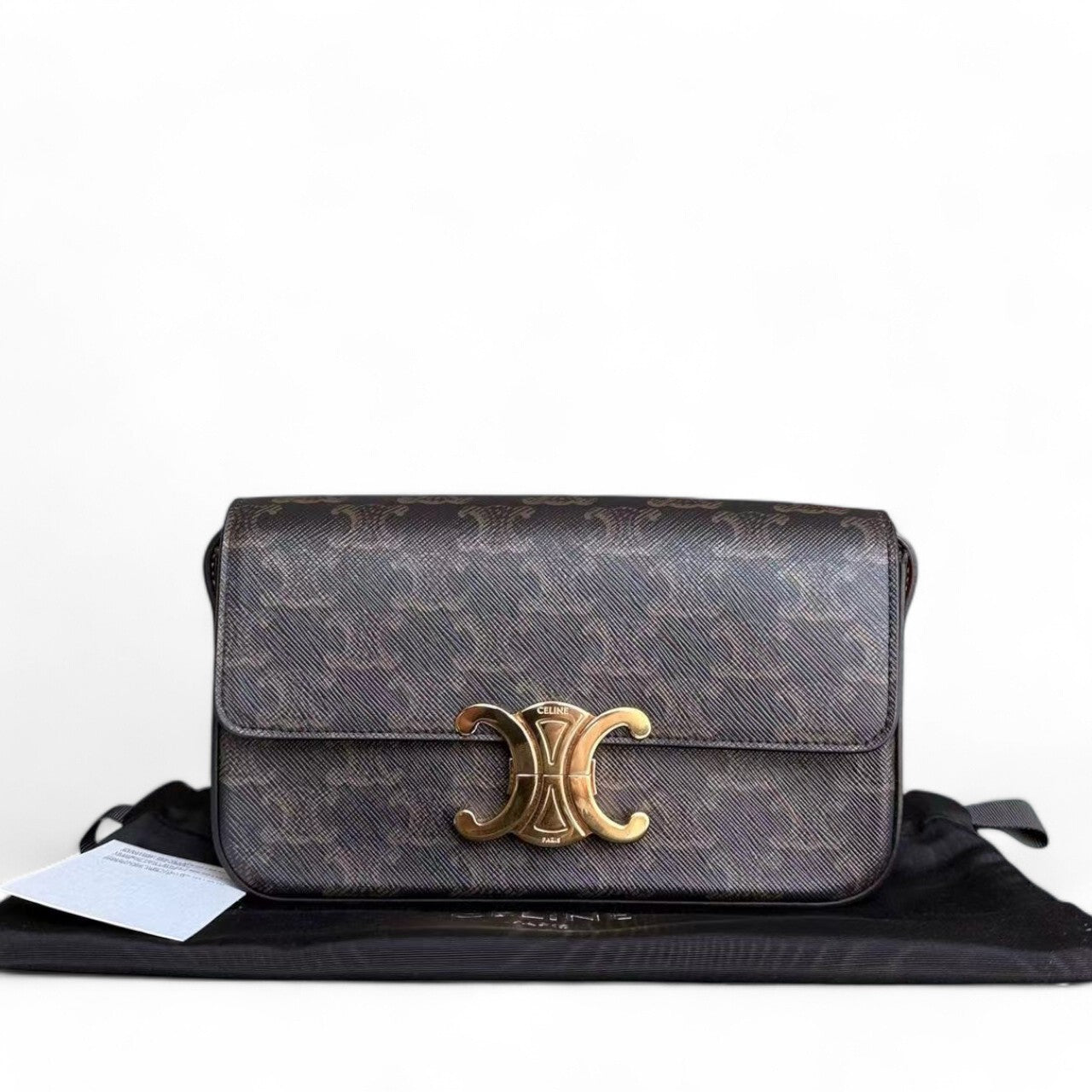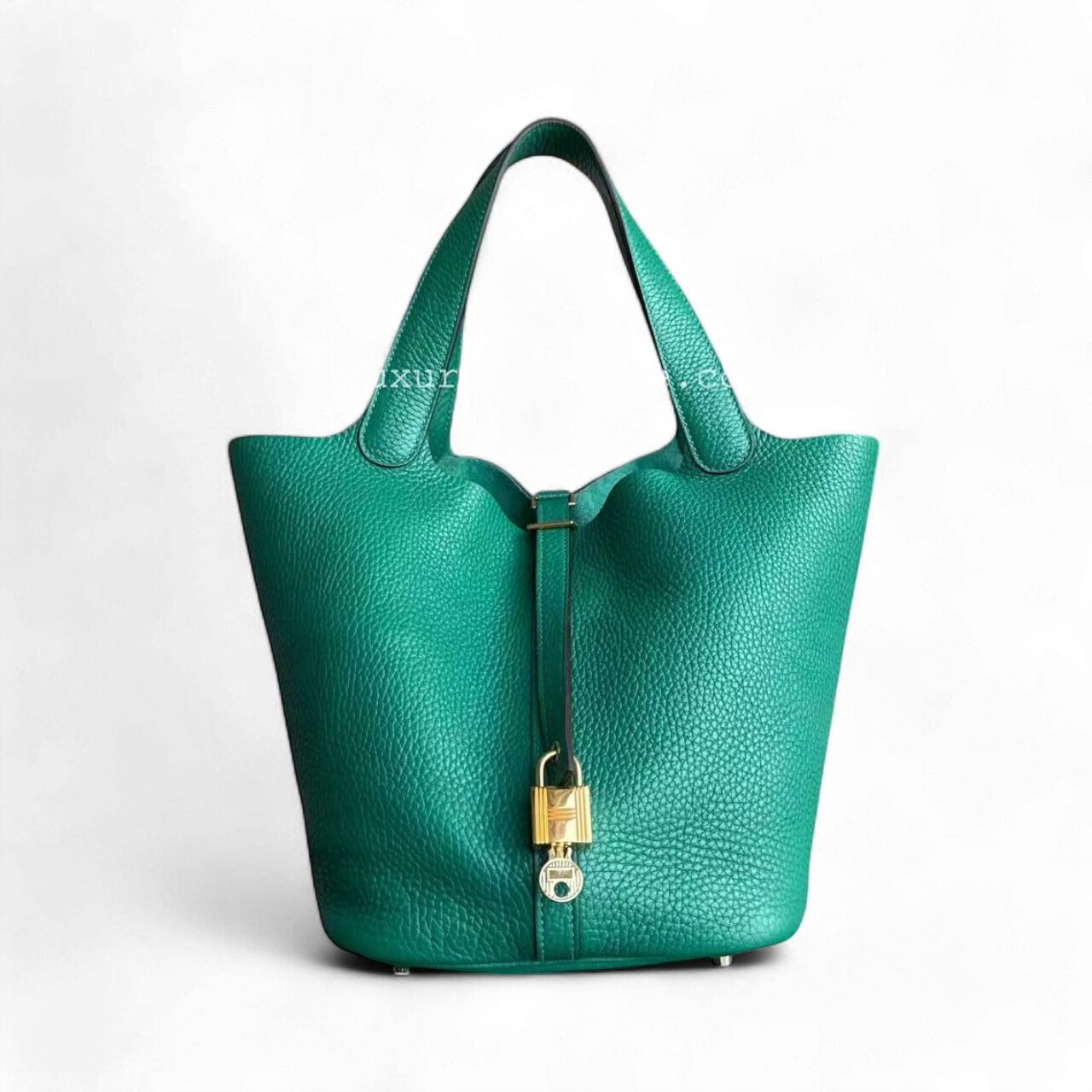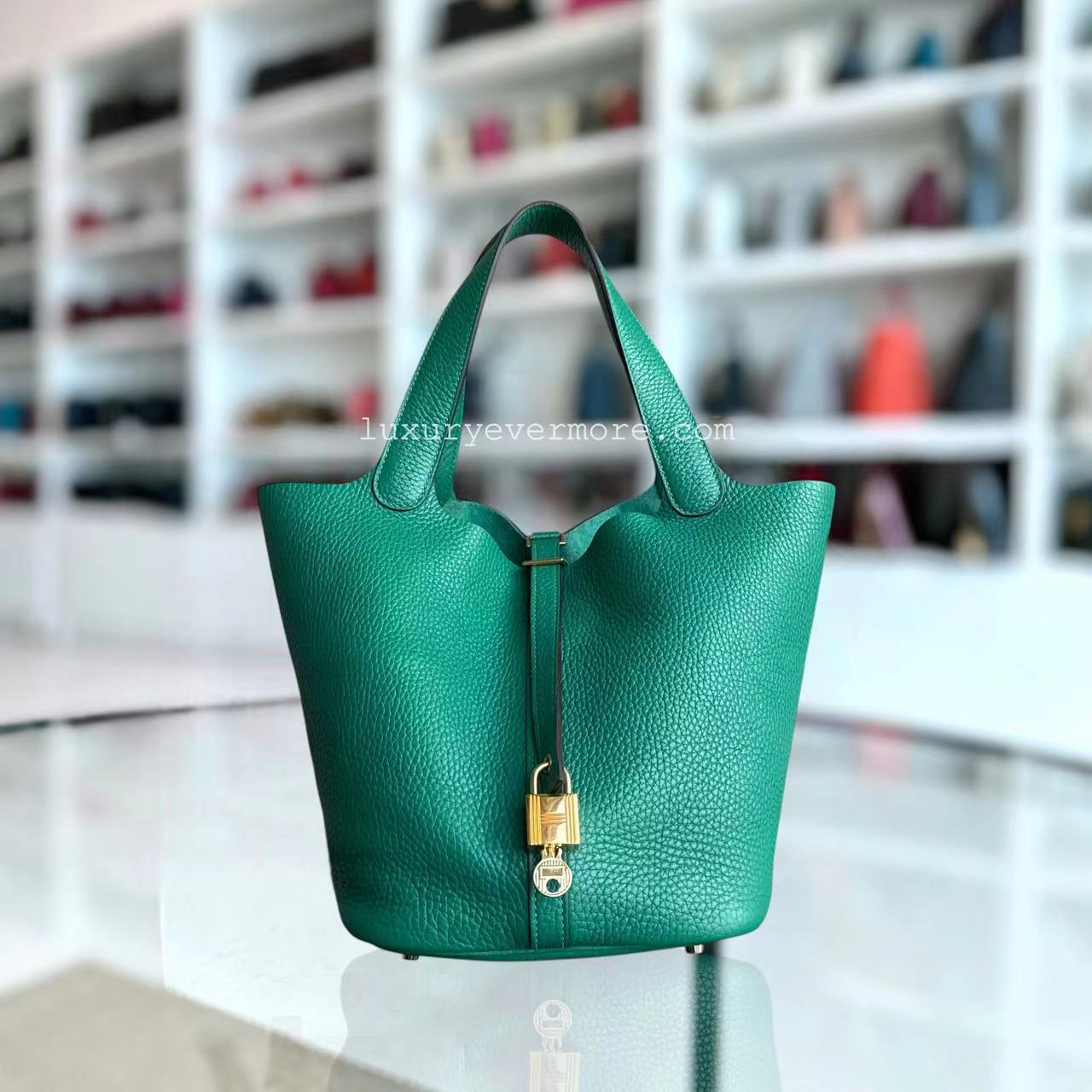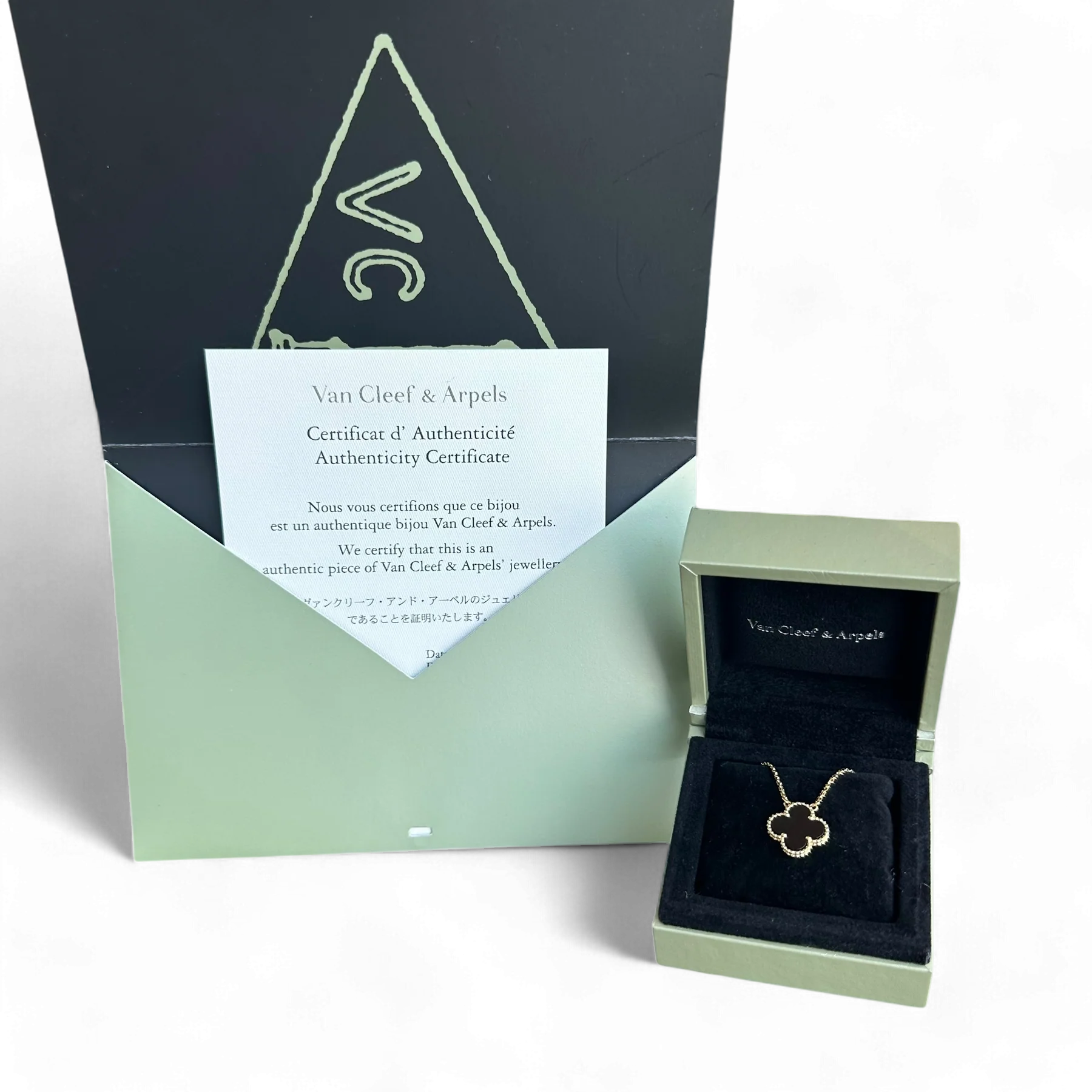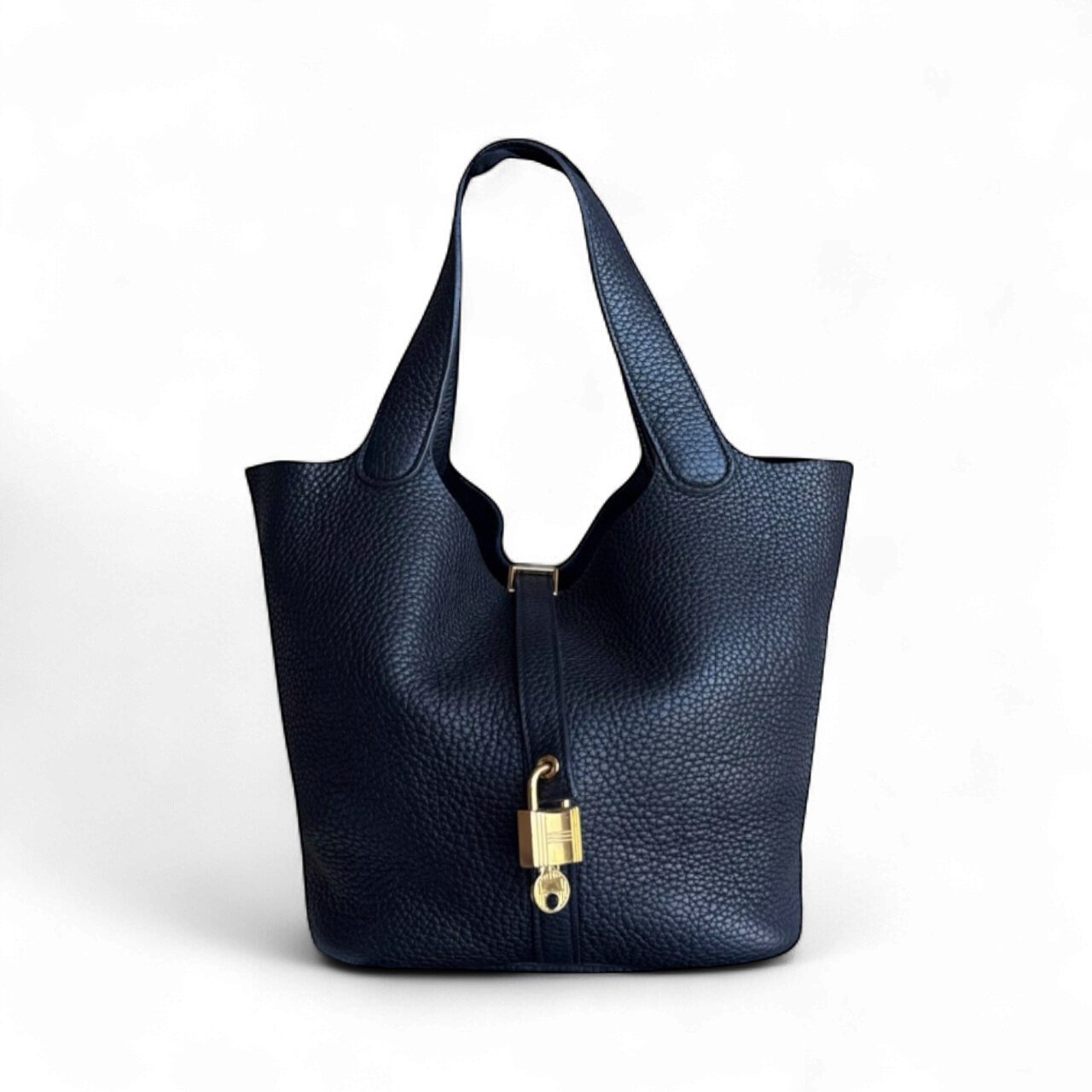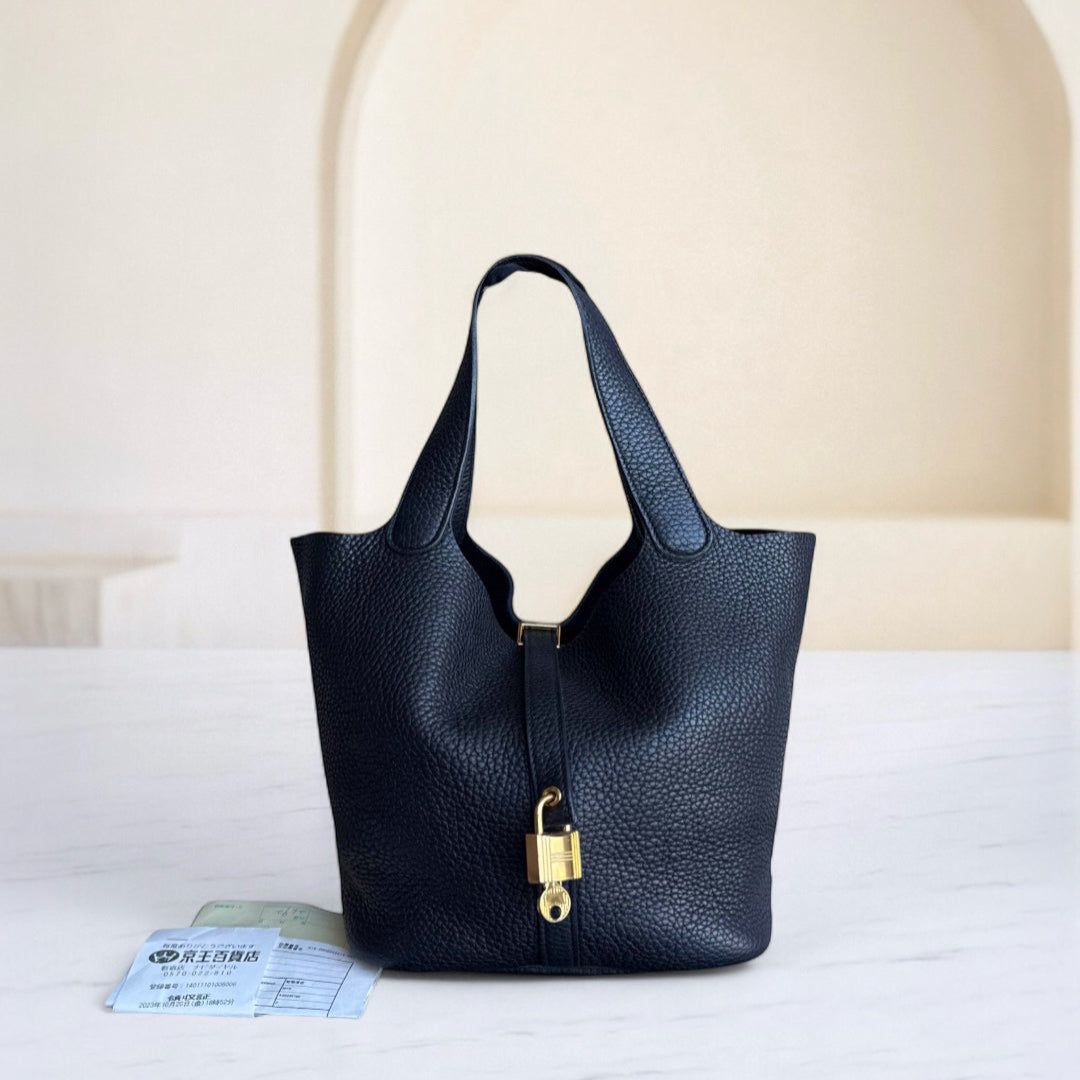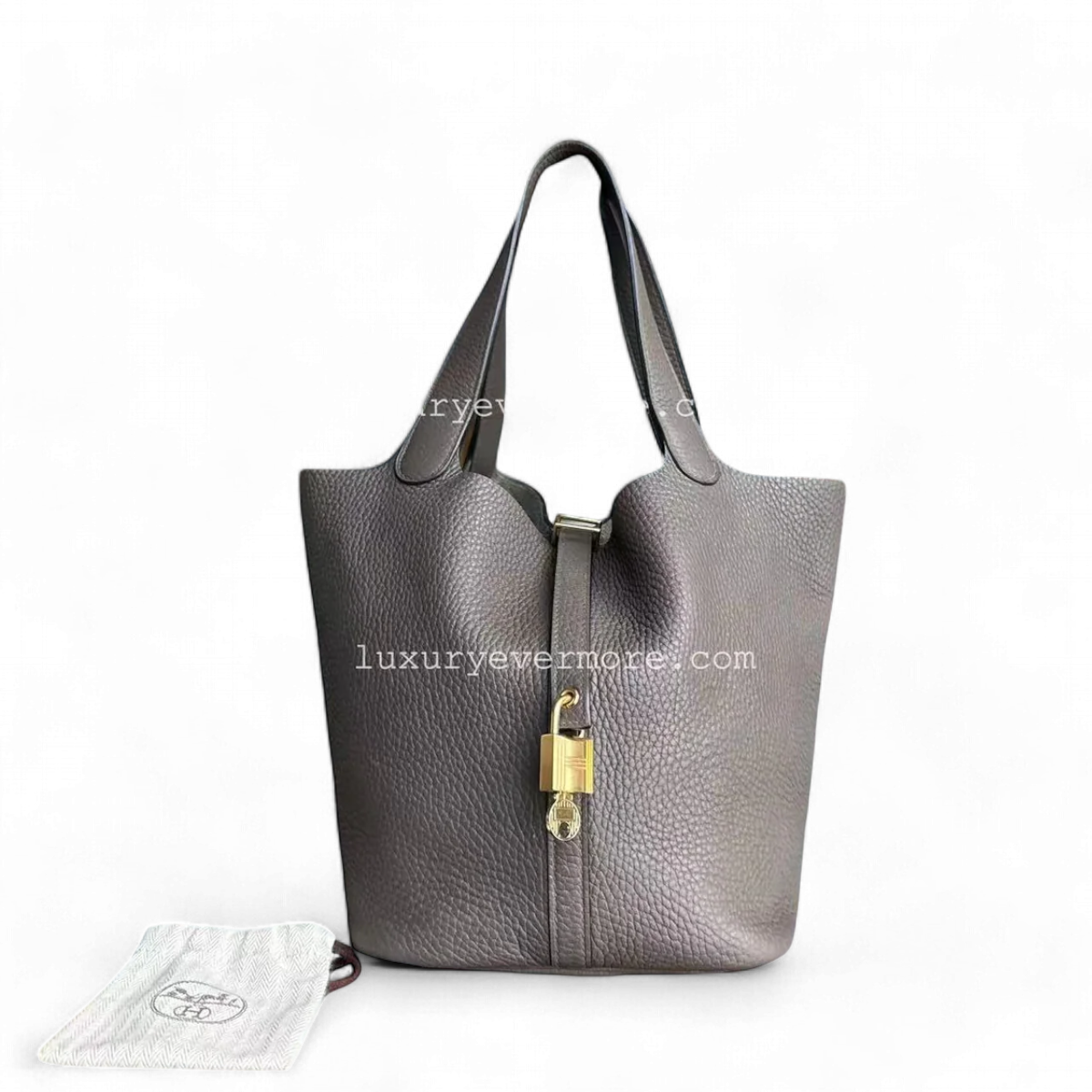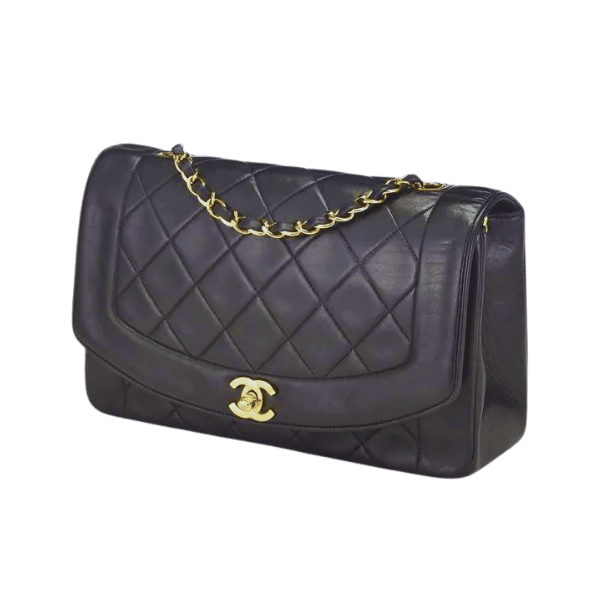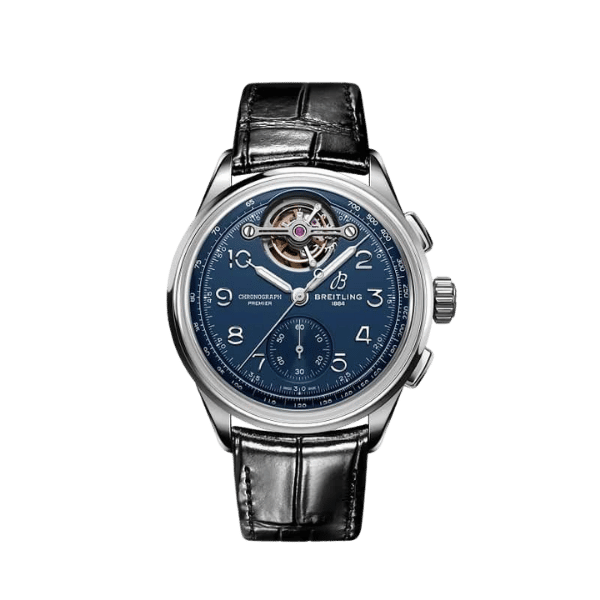Largest Diamond in the World: The Fascinating Journey of the Cullinan Diamond and Other Remarkable Gems
Throughout history, diamonds have been prized for good reason: they symbolize luxury, status, and enduring elegance. The most outstanding of all such stones in existence, caricaturized by none other than the largest diamond in the world so far measured, is the Cullinan Diamond. This particular stone marked a new phase in gemology and jewellery production, as never before had a stone of such magnitude and beauty existed or been used to adorn the objects of royals, nobles, and social elites. We will also look into how the Cullinan diamond was unearthed, how it came to be one of the world's most notable jewels, and how it prevailed through the years. As such, we shall then take a step back and study other fascinating gemstones explored in the past and how they are incorporated into some beautiful works of art, and why they are considered exceptional. Expect to enjoy stories on exploration, creativity, and why jewelry featuring exquisite stones remains forever alluring.
The Cullinan Diamond: A Crown Jewel

The biggest ever known gem quality diamond was the Cullinan Diamond, which, around the year 1905, in South Africa, weighed one thousand one hundred and one carats. In recognition of Sir Thomas Cullinan, the owner of the diamond mine in which it was discovered, the diamond was baptized. The diamond was later sectioned into nine main pieces and almost one hundred tiny pieces. The Great Star of Africa (Cullinan I) and the Lesser Star of Africa (Cullinan II), the two largest cuts which are contained in the British Crown Jewels, were cut and are now located in the Tower of London. These beautiful stones depict exemplary artistry and are important objects of art.
Discovery and History of the Cullinan Diamond
On January 26, 1905, miners at Premier No. 2 in South Africa retrieved the Cullinan Diamond. Its uncut mass of approximately 3,106 carats established this diamond as the largest volume of gem quality ever recorded. Following its uneasiness and fame, the diamond workmanship was purchased by the Transvaal Colonial Government and subsequently presented to the United Kingdom’s King Edward VII. The diamond was sent to the Asscher Brothers Company in Amsterdam to be cut by them; techniques of extreme gravitas were applied in breaking the diamond into several polished sculptures. Because such procedures were applied, the gem remained almost intact in its transparency as well as in its dimensions, which carry a particular historical and cultural interest.
Characteristics and Size: The Largest Diamond Ever Found
- Weight and Physical Features: The Cullinan diamond in its original rough form had an amazing mass of 3,106 carats (about 1.37 pounds), making it, to this day, the largest diamond in the world. The proportions of the diamond have never been compared in the studies of geology, thereby making it special.
- Exquisite Purity: Cullinan can be considered for its extreme cleanliness without any internal blemish or any other impurity. Such a quality made it more ideal for the production of top-quality jewelry handed down by nature, thereby making it even more precious.
The Cutting of the Cullinan Diamond
It was Joseph Asscher from Amsterdam – a very talented adept of diamond cutting arts – who was chosen for the responsibility of shaping the Cullinan Diamond. Out of this massive stone, using skillfulness and excellent techniques, Asscher skillfully formed nine paramount and almost a hundred minor stones without compromising on its outstanding clarity or size. Cullinan I is still a crown jewel of the British Royal Family, and so are the other stones, which were also used in other royal regalia. This was done using much strategy, expertise, cutting-edge technology, and incalculable knowledge bearing such a combination of factors that the largest diamond in the world was, and is, significant.
Other Remarkable Diamonds in the World

The Excelsior Diamond: A Brief Overview
The Jagersfontein Mine in South Africa established one of its most dazzling benchmarks in 1893. It was then the Excelsior, the Jamima, the largest diamond in the world, was excavated at the said mine. Other diamonds, such as the Excelsior, although huge, are only 995.2 carats, which is significantly less than these records. This blue white diamond of high clarity has however, been transformed and cut into many small stones; the largest ten among them though were called the Excelsior. These diamonds were also marketed as separate individual stones, and thus the Excelsior, unlike the other remarkable diamonds of the same period.
The Millennium Star Diamond: Its Unique Features
- Exceptional Clarity: Standing in the world's most exquisite category of diamonds that confer D-color, the Millennium Star, is an internally flawless yet unmatched diamond that enhances its appeal and image.
- Impressive Size – After cutting, the diamond weighs 203.04 carats, making it among the few known cases of having a pear-shaped diamond bigger than this.
- Rare Origin – The gemstone was found at Mbuji-Mayi district in the country that was Zaire (currently the Democratic Republic of Congo) in 1990, an area known for delivering precious diamonds of high quality.
- Complex Procedure of Shape Enhancement: It took about three years of cutting and polishing the Millennium Star with the help of sophisticated laser technology to arrive at its famous flawless shape.
- Grand Exhibition: As a part of the De Beers Millennium Diamond Collection, it was brought out in the 2000s exhibition, becoming one of the modern classics.
The Incomparable Diamond: A Story of Rarity
The Diamond Incomparable owes its fame to its size, quality, and history. It was discovered in theseansomlin tanks in the Democratic Republic of Congo in the 1980s, where the original form of the rough diamond weighed 890 carats, which is one of the largest diamonds in the world in a single crystal. The complicated practice of cutting resulted in a loose diamond basically having the shape of a 407.48 carat flawless alteration of an almond. Its golden color and brown shade make it even more unique and make it one of the most remarkable diamonds in existence.
The Mining Locations of These Treasures

Where the Cullinan Diamond Was Found
The world's largest diamond was discovered at a diamond-producing mine that has burdened the earth with precious stones since the early 1900s, the Premier mine in South Africa, Cullinan. This mine is known for producing the biggest diamonds of perfect quality, located in the north-eastern part of Pretoria. Weighing in at a stunning 3,106 carats, the Cullinan Diamond is also the highest quality rough diamond to have ever been discovered.
The Woyie River Diamond and Its Significance
- Place of Discovery and Dimensions: The Woyie River Diamond was found in 1945 at the Woyie River in Sierra Leone. It is among the vast diamonds ever found since its weight amounts to 770 carats.
- Significant in History: It was the finding of this diamond that put Sierra Leone on the map as a prolific diamond producer of the highest quality, which supplies the world diamond market.
- Best Characteristics: The Woyie River Diamond is known for its excellent lucidity and hue, making it one of the priciest and most famous gems ever composed.
Mining Techniques for Large Diamonds
The process of recovering large gem diamonds necessitates both effective and delicate techniques to guarantee that the stones are intact. The most preferred ways involve:
- Open-Pit Mining: Very appropriate when the diamonds are a little bit close to the earth's surface. This method involves leveling or scraping soil and rock to uncover the ore with diamonds.
- Underground Mining: When the diamond deposit prospects prove to be deeper, this form of mining is utilized. It incorporates sinking openings or inclined planes into the ground to access the enriched kimberlite pipes.
- Alluvial Mining: Utilized especially when diamonds are discovered on river courses or banks. The sediments in the rivers are extracted and concentrated for diamonds, which naturally get transported by the use of flowing water.
- Marine Mining: Used for recovering diamonds from under the ocean. Dredging takes place, and the sediments are shipped for sorting mainly using very mechanized vessels.
In order to achieve the best outcome with minimum disruption to the environment, the choice of each possible course of action is defined by the location and peculiarities of the mined diamonds.
Cutting and Polishing: The Art of Diamond Craftsmanship

The Process Behind Cutting the Largest Diamonds
When it comes to cutting the largest diamond in the world it needs precision, skills, and careful planning. It is a very detailed process which starts with the use of advanced imaging machines to picture the diamond's inside structure and where inclusions or defects are located. The cutters make an action plan that ensures the rise of both the quality and value of the final polished stones. Such lasers are used to produce the initial cuts, whereby maximum material is preserved in the cuts. The diamond can then be further cut and polished in order to improve the brilliance and the shape of the gemstone, as is a conventional practice. A high level of precision and attention is required throughout this activity so as not to spoil the diamond or its possibilities in any way.
Techniques Used to Enhance Brilliance
Many methods exist that increase the appeal of diamonds and ensure that they are as sparkling as possible. The standard proportions of a diamond are important as they increase light intensity and facilitate its performance. A certain cut of a diamond with a specific variety of angles, together with different facets, including the table, is adjusted precisely to direct the light and define the angle of incidence in order to create a high reflective angle. With that in mind, a high extent of ‘brilliance’ in stones is achieved by even and polished mirror-like surfaces instead of the rough texture which subsides in the stone. In addition, a factor of symmetry can not be overlooked; well-polished facets enable most of the light to fill most parts of the stone, thus making it very brilliant. Further, a combination of these techniques makes it possible for the stones to be luminous and clear as much as possible, giving diamonds their finest display.
Challenges Faced When Working with Large Stones
- The structural integrity Concern: Bigger stones have a greater tendency to shear and crack due to their dimensions. As a result, it becomes paramount to use proper techniques and machinery to keep the stone.
- Imperfection and Complexity of Cutting: Larger stones require specially designed instruments and highly trained specialists, as it is often the case for them to receive complicated intermediate configurations of workpieces. If cuts are made with any deviation from the supposed segment, it may ultimately cause asymmetry to form for the stone; worse still, it may decrease the overall value of the stone.
- Processing is done for longer periods of time: The cutting, the polishing, as well as the setting process, have to take longer for bigger stones. Such extended timeframes are, however, highly labor-intensive and increase the chances of making errors.
The Cultural and Economic Impact of Diamonds

Diamonds and Their Influence on Economies
Diamonds are a key economic resource for many nations, providing avenues of trade, employment, and revenues. This entire industry creates jobs for billions of people across the world, especially those who are involved in mining diamonds purely and in rhyme. Moreover, countries that have resources of diamonds, such as Botswana and Russia, have experienced a tremendous rise in their economies, with these gems being among the largest exported stones. Moreover, the industry also generates revenues earned from sales, taxation, and levies, which are generally used by the governments for the purpose of developing facilities, education, and other health services. However, it is important to note that, in connection with the economic aspects of the diamonds, a number of cultural issues arise, such as child labor, exploitation of adults, women's tasks, and the like.
Historical Events Involving Large Diamonds
- The Cullinan Diamond Discovery of 1905: The largest diamond in the world and gem-quality diamond, the Cullinan, was discovered in South Africa. With its rough weight totalling 3,106 carats, the gem was eventually cut into several significant pieces, including the Great Star of Africa, which is deposited in the British Crown.
- The Hope Diamond: Tracking Down the Curse Through Pedigree from the 16th to Today: Among the rare blue diamonds ever mined, the Hope Diamond has a long history. One of the earliest sources of history is India, and it has passed through many royal houses all over the centuries and became famous as the cursed diamond due to its alleged unfortunate past and rash.
- The Koh-i-Noor Diamond’s 19th-Century Journey: The Koh-i-Noor is one of the biggest diamonds in the world in its finished state, and its history includes many ages. It was extracted in India for the first time in the mid-nineteenth century, but in due time it was included in Britain’s Crown Jewels following the British East India Company's conquest of India.
- The Jubilee Diamond Given to the King of Thailand (1997): This particular diamond, weighing 545.67 carats, happens to be the largest diamond in the world that is cut. It was given to the King of Thailand in commemoration of his fiftieth anniversary as King of Thailand.
- The Raiders of the Lost Diamond Unearths a Gem (1910): Sierra Leone was the discoverer of this rare 968.9-carat rough diamond. It became one of the biggest diamonds to be later turned into smaller pieces.
- The Only Put Your Best Face Saver On Auction 2019: In 2015, this giant claddagh, which weighed 1,109 carats straight from Botswana, drew the curtain closer to being one of the most lethal pieces that ever floated around the planet. A turn of fortunes courtesy of an auction that shattered a record, further confirming Botswana as an important player in this precious stone’s ledger.
Cultural Narratives Shaped by These Gems
Historical and cultural narratives have often been shaped and driven by diamonds as they are seen as the ultimate status symbol. Their beauty and scarcity have given rise to various mythologies and cultures, some involving divine reverence, such as ancient India, while in modern day, they symbolize engagement. They are looked upon as objects that appreciate for a long period of time, thus making perfect sense for personal development as well as cultural development. Such history still goes on with the history of the diamond’s use in mind, and also the international market for diamonds, reinforcing certain beliefs.
Captivating Stories Behind the World’s Largest Diamonds

Key Personalities in Diamond Discovery
Humans throughout history have aided in the unearthing of some of the most well-known diamonds in the world. Frederick Wells a mine manager in South Africa is well known because in 1905 he discovered Cullinan Diamond, a wild cast of diamond l. One of these individuals is Erasmus Jacobs, who, when he was only fifteen years of age, came upon one particular piece called the Eureka Diamond, perhaps the diamond that first heralded South Africa’s history on diamonds, in 1867. Many laurels can be drawn on more than one man. Among them is Henry Morse. He pioneered the cutting of diamonds for centuries, specifically in the years 1800s towards the 1900s, creating a much better quality of cutting the diamond and coloring the workmanship to gold. Not only did these personalities have a part in the discovery of unique, exquisite stones, but they also shaped part of the current wholesale development of the diamond business globally.
Legendary Tales of the Cullinan and Other Diamonds
One of the largest diamonds in the world is the Cullinan. Featuring 3,106 carats, it was discovered in South Africa back in 1905. The diamond was presented as a gift to the then King- Emperor Edward VII, and it was lavishly cut into numerous gems. The most famous of which is the Great Star of Africa, weighing 530 carats. The stone is currently incorporated into the British insignia. The other remarkable stones include the Koh-i-Noor from the British Crown Jewels, which is a renowned diamond due to legends and its rather questionable history, while the Hope diamond is well known, especially considering its striking blue hue and ominous superstitions. For all their natural eminence and unusual beauty, the diamonds of this size still possess an aura of untold perceptions.
Modern Ownership of the Largest Diamonds
Most of the time, the largest diamond in the world is in the possession of the state, a museum, or someone with a bank account larger than most countries. The Cullinan I or Great Star of Africa is attached to the British Crown Jewels held by a monarch in trust for the people. Likewise, the Koh-i-Noor is a part of the Crown Jewels of the United Kingdom, although the issue of its possession has caused much controversy worldwide. The Hope Diamond, which is world-renowned for its deep blue color, belongs to the Smithsonian and is on display in the National Museum of Natural History, where people can view it, and they can also undertake its research. These organizations make sure that these precious and rare stones will be kept in good and safe conditions.
Frequently Asked Questions (FAQs)
Q: What is the largest diamond in the world?
A: That cast of title for having been the largest diamond in the world is held by the Cullinan Diamond above the rampant forces of pogoing stone. The further extraordinary 3,106-carat stone was cut into several smaller diamonds, the biggest of which is known as Cullinan I or Great Star of Africa.
Q: Where did they find the Cullinan Diamond?
A: The Cullinan Diamond was found in Cullinan, South Africa, at the Premier Mine; this remains the largest gem-quality rough diamond ever found.
Q: How many carats does the Lesedi La Rona weigh?
A: Weighing 1,109 carats, Lesedi La Rona is indeed one of the biggest diamonds ever to be found, standing as second only after the Cullinan.
Q: For what other famous diamonds, apart from the Cullinan, can one mention?
A: Those would be the Excelsior Diamond, which was the largest before the Cullinan; the Millennium Star Diamond; and the Constellation Diamond, known almost as much for its unusual beauty as for its history.
Q: What is the significance of the Woyie River Diamond?
A: Because of the finding in Sierra Leone, the Woyie River Diamond is famous worldwide for its rare clarity and color, hence contributing to the lore about diamonds.
Q: How was Cullinan cut?
A: The gigantic Diamond Cullinan was cut into smaller diamonds, amounting to 105 stones in all, of which Cullinan I is the largest pear-shaped diamond of 530.2 carats, cut by the famous diamond cutter, Joseph Asscher.
Q: Why is the carat important in diamonds?
A: It is the scale used for diamonds. It states that a diamond is said to weigh so many carats if it weighs so many milligrams (one carat being the equivalent of 200 milligrams). This is one of the important elements with which the value and size of diamonds are measured in order to be called the heaviest diamonds in the world.
Reference Sources
- Union University - Science Guys: The discussion revolves around the Cullinan Diamond, the largest gem diamond ever discovered, and its implications. Read more here.
- Gemological Institute of America (GIA): The article covers the history of the Cullinan Diamond in all its detail, celebrating the centenary of this wonder. Explore the article here.
- Carnegie Science: Deep origin of the world's biggest diamonds, including the Cullinan. Learn more here.
- Diamond
- Cullinan Diamond
- Diamond cut
Contact Luxury Evermore should you need help with acquiring or building up your collection. There is a variety of brands with different styles, as well as sizes, and colors, for example, Hermes, Chanel, lv and Dior. If you are not lucky enough to find the bag you are looking for on our website then our concierge team will probably be able to order it for you. We provide 100% authenticity guarantee for all our bags, and any item sold on this site will be dispatched to you within one to two business days upon receipt of the payment.




